|
Have you ever noticed the unique personalities of trees? We started the afternoon by reading PersonaliTrees by Joan Klostermann-Ketels, and imagining what names we would give to the trees around us. It was a beautiful afternoon, so we set out on a hike to see more of the woods beyond our base camp. Trees with names were all over the place in these woods! There was Family Tree, Curious Tree, Home Tree, Pirate Ship Tree, Stairs Tree, Perfect Tree, Happy Tree, Protective Tree, Dragon Tree, and many, many more. There was so much to see that we didn't make it very far on our hike - too many new things to explore along the way! Like this log: And this camouflaged frog: And even some wild turkeys! Back at our site, we found quiet spots to sit for 5 minutes. What can you do with a stick? We read Not A Stick by Antoinette Portis, and then imagined the many things that a stick could be: like a paddle, arm, horse, eye, hair clip, wand, nail, giant's toothpick, baby tree, walking stick, bunny's monkey bars, glasses, weight, fishing pole, eyeball, broom, hair, a unicorn's horn, baseball bat, icicle, dog's leash, caveman's bone, hockey stick, bunny's tightrope, surf board, and an ant train. How had we already used sticks in other sessions?
This is not a stick, it's a giant moustache! Before we started our exploration time, we learned to tie a knot called the timber hitch. This can be used to drag heavy sticks and logs around. It was so much fun to see what we could do with ropes and sticks! We made log dogs that followed us around by the leash. They had names too. We made swings! Tried to make pulleys and lowered sticks down to the basement of the castle... Fungi was all over these sticks and logs! Some was even a blue-green colour. One group started a nature home construction process, complete with a bark roof that was scavenged from rotting logs on the forest floor. Too soon, it was time to pack up and leave. Until next week!
0 Comments
"I'm so glad I live in a world where there are Octobers." L. M. Montgomery, Anne of Green Gables We started this session by reading The Salamander Room by Anne Mazer. We loved how the boy in this story created a whole forest in his bedroom so that he could care for the salamander that he found. He even took off the ceiling so that insects and birds could fly in and out! We all agreed that we'd love to have a bedroom like that. Then we each went to find a quiet spot to listen, look, write, draw, or just think. We gathered together and looked up at the trees. Do you remember what they looked like in this same spot 2 weeks ago? Here's what it looked like this week: We looked at a book with no words called Looking Down by Steve Jenkins. The book starts with a picture of the whole world, and each picture gets zoomed in more and more until on the last page, you're looking at a tiny ladybug. We got to work making stick frames to frame a little piece of nature. We experimented with various ways of tying knots to secure the four sticks together. Each person or group found a spot where they wanted to place their frame to zoom in on nature. They used their journals to document everything that they could see within that frame: colours, creatures, textures, plants. Some started to build or create other mini-structures and designs within the nature frame. Time to explore! Some critters we encountered: Exploring time included some drawing and writing, including this poem that was shared at our closing circle time:
I see a salamander here and there there under logs and everywhere sometimes in the pond and sometimes in the leaves You might get tricked with a newt! They love to eat insects and love to climb I see a salamander here and there ~ E.W. Some others spent some time naming and mapping parts of the marshy area (which they named The Liberty of Swamp Marsh, or The Never-Ending Swamp):
Thanks, Wild Turkeys, for another great time together! For further investigation, here are some interesting posts and videos about salamanders: National Geographic video National Geographic webpage about spotted salamanders San Diego Zoo page about salamanders and newts Last Thursday, we learned to walk quietly and slyly like foxes through the forest - walking in a special way so that we weren't stomping and making loud noises. We were so quiet that we saw some birds watching us very closely, then we spotted a slithery creature who quickly hid under some dry leaves. Everyone was eager to visit the salamander habitat to see if they were still under the log. So we peeked... and they were still there! While we snacked, we came up with many questions about salamanders, like:
The swamp was an interesting place to explore again, and we found ferns, mushrooms, moss, and fungi that we hadn't noticed last week. Have you ever found a perfect tree for you? A couple of us found the perfect sized tree - one that fits us just right when our arms stretch around the trunk. Here are some "my tree" photos: We made journals for recording stories and poems that were starting to form in our minds. Some of us drew pictures of the plants, trees, leaves, and creatures on the site. Looking forward to this coming week!
We had a lovely fall day for our first session with the Wild Turkeys. We gathered together and played some name and group building games to get to know each other a bit better. We were eager to get into the forest! Some children suggested that we walk in silence to our spot in the woods, so we quietly entered the forest and tried not to talk. When we got to our spot, we spent a bit of time taking in the sights, sounds, and smells of what was around us. Here's what the view looked like: A bit later, we lined up for handwashing, enjoyed our snack, then made some "tree cookie" name tags that we decorated and wore. Then it was time to explore! There were a few negotiations over boundaries and treks to the marshy area - how could we make this a safe activity? What risks are there in crossing over the maze of fallen logs and little islands of grass? What benefits were there in doing this? How deep was the water? How could we measure or map it as we ventured along? How could we construct structures that would help us with this goal of crossing over into unexplored territory? While the swamp trompers were doing their thing, there were other groups investigating rotting logs - in particular, what was underneath the logs. There was a lot of excitement when they spotted some salamanders. A discussion ensued. How can we protect these salamanders? How can we make sure that no one steps on the log? A plan emerged... Gathered sticks became a fence, and a sign labeled the habitat. We learned that salamanders are a sign of a healthy forest. We wondered: What happens to them in the winter? When are they born? What is their life cycle? What do they eat? How many times should we turn the log over to look at them? Will these salamanders still be here next week? Will more come? During our closing time, one child said, "I really love exploring and I think that it will be different each week because things will change or I'll find things that I haven't ever explored before." That's the beauty of the natural world - infinite things to discover and explore! We're looking forward to seeing you again on Thursday, Wild Turkeys! posted by Rebecca and Shauna
This past Sunday, we had a "meet and greet" at Camp Ki-Wa-Y for the families who are involved in our fall group called the Wild Turkeys. We had a tour of the site, then each family shared nature objects that were special to them. From there, we went to see our special "base camp" in the woods. We got to know some of the trees in the area by working with a partner or in our family groups. A "guide" would lead the blindfolded "explorer" to a certain tree and allow the explorer time to explore that tree using other senses besides sight. Then the guide brought the explorer back to the starting place, and the explorer was challenged to find that special tree. Then we had a snack of apples, fresh from the Wellesley Apple Butter and Cheese Festival. Then it was time to do some exploring in the woods. This little sprite took the opportunity to have an afternoon woodland nap. In our short time, there were already lots of discoveries underway, like the water cave in the nearby swamp, tiny toads, and slippery salamanders. We're looking forward to working with these Wild Turkeys in our weekly sessions this fall!
by Rebecca |
Read on...Hammers, Huge Swings, and the Freedom to Play Archives
April 2020
|
We are honoured to walk, learn, and play on the traditional territories of the Haudenosaunee, Anishinaabeg, and Chonnonton Nations, treaty lands of the Haudenosaunee. Grateful for the ongoing care, stewardship, and teachings from Indigenous Peoples that help us walk gently on this earth. We are committed to the ongoing process of decolonization through partnering with local Indigenous educators in our facilitation, learning about the past and about good ways to move forward together, respecting the land as our First Teacher.
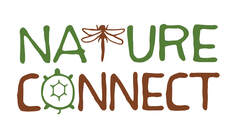
Join our email update list
© Nature Connect 2024
© Nature Connect 2024

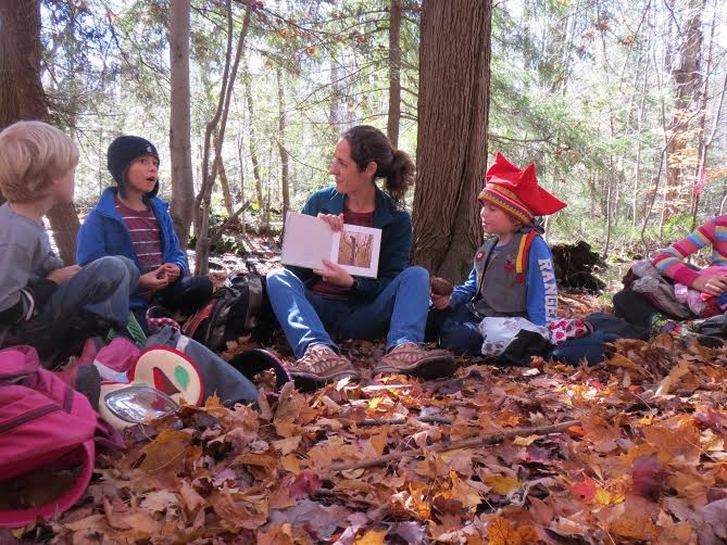
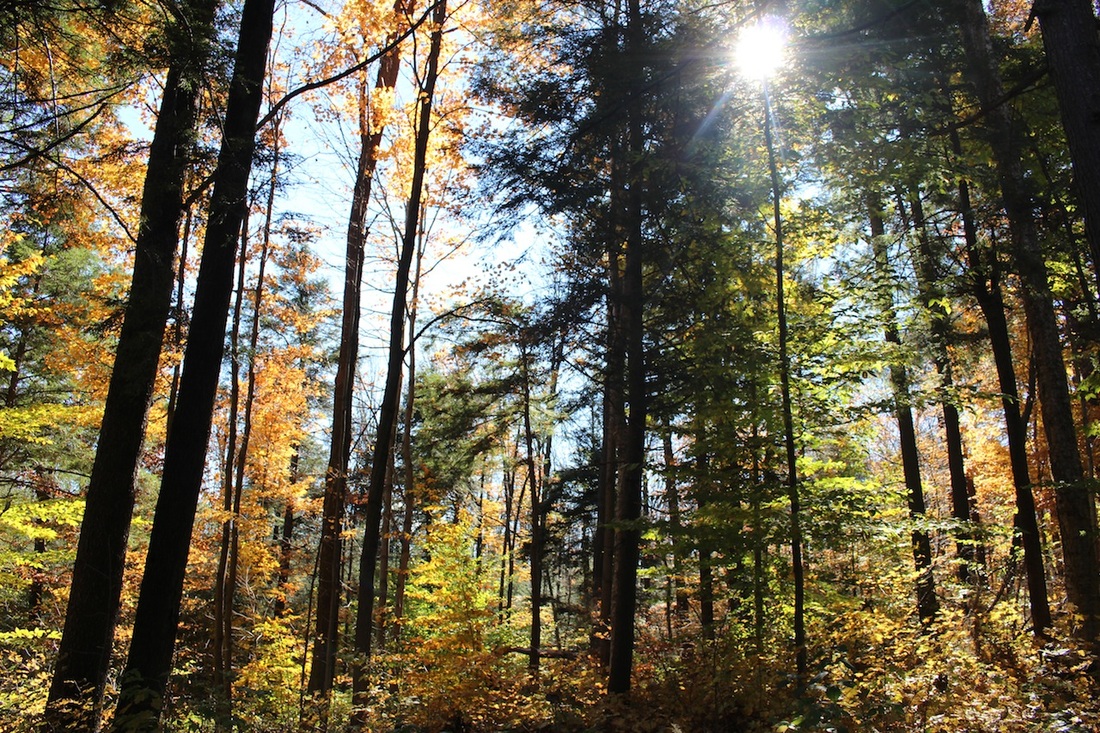
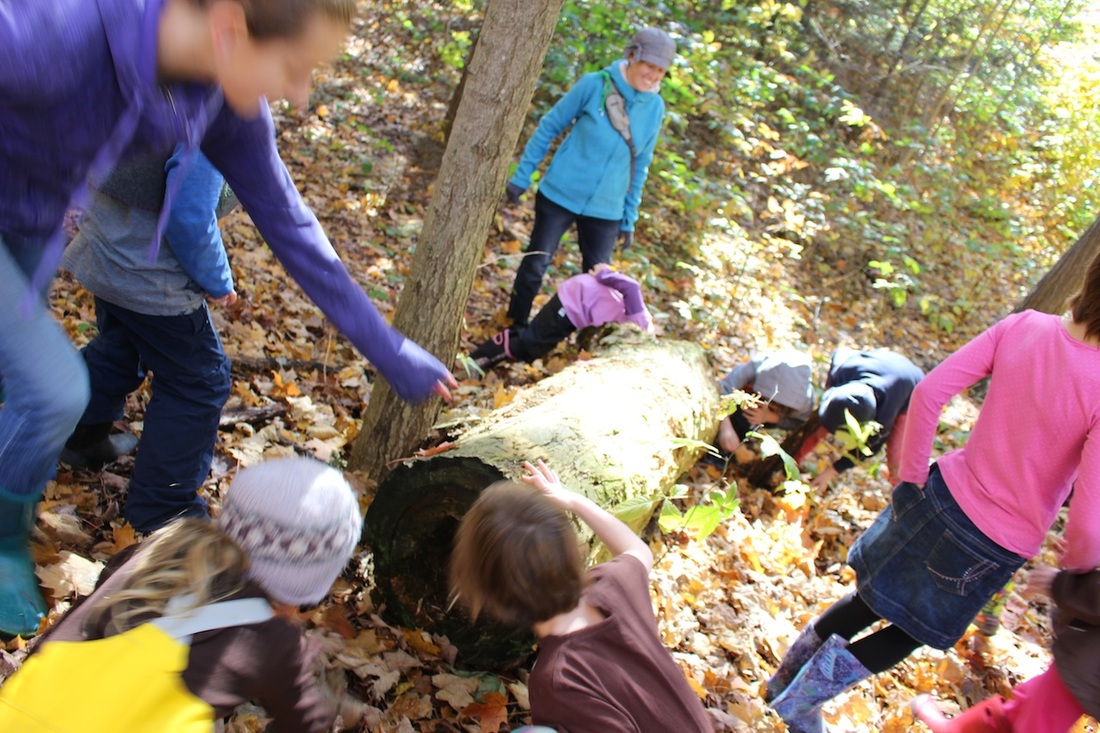
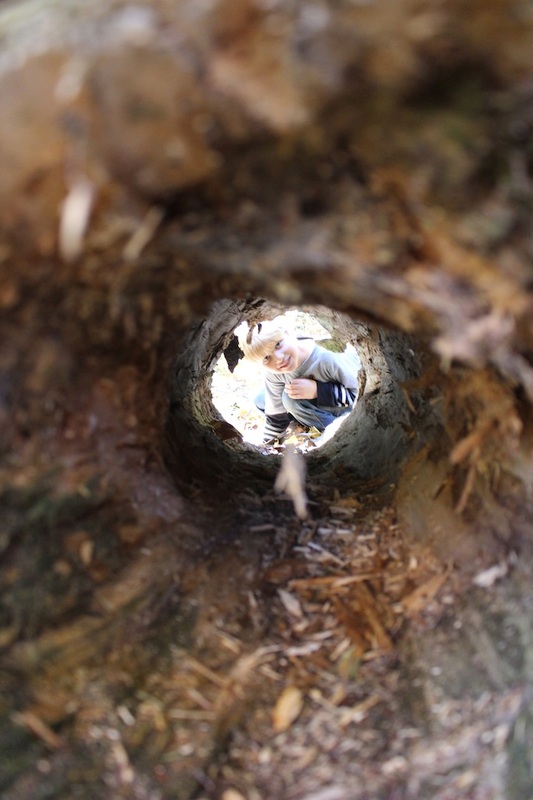
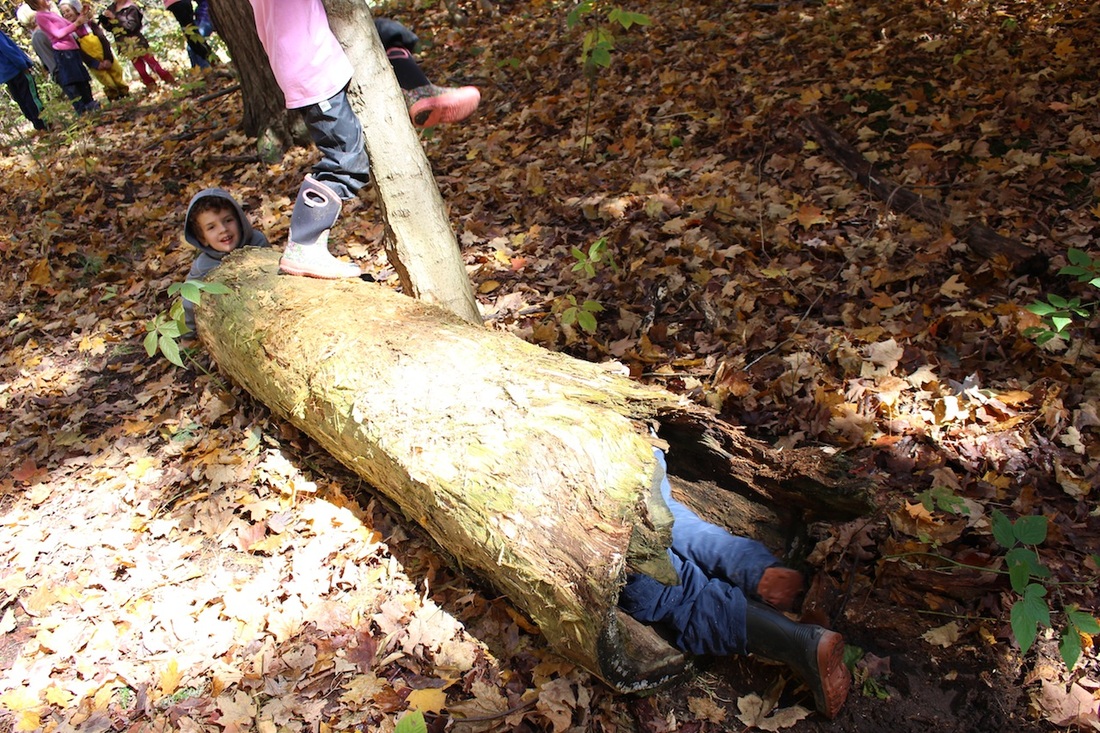
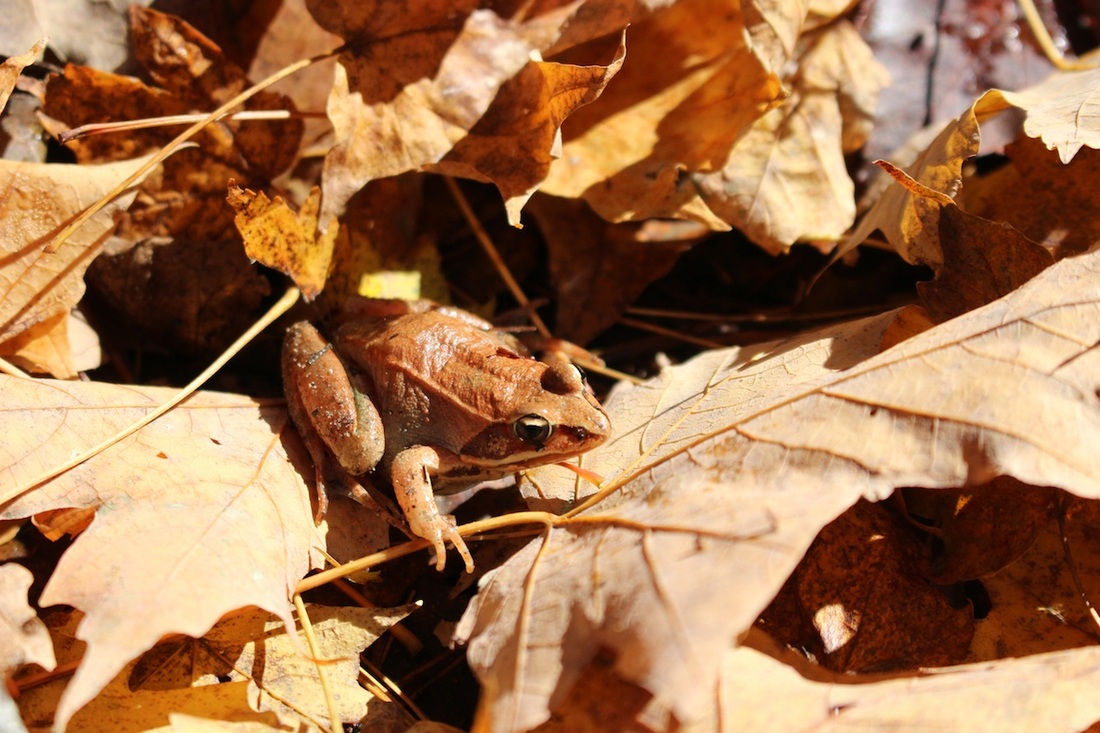
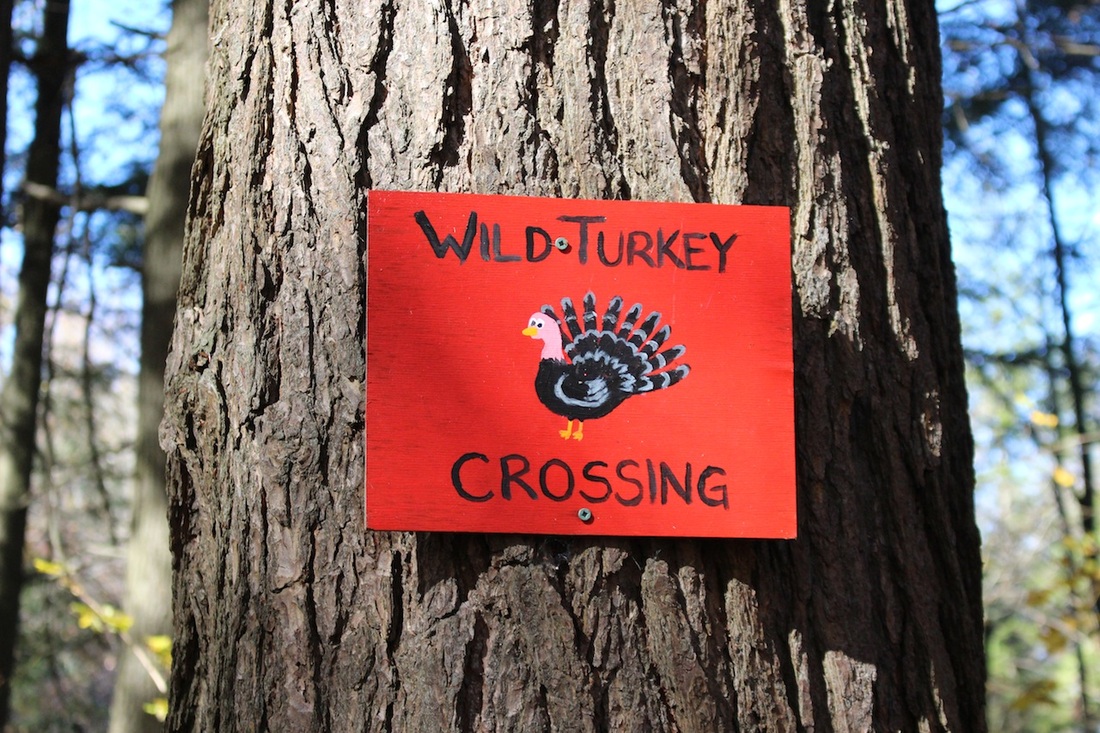
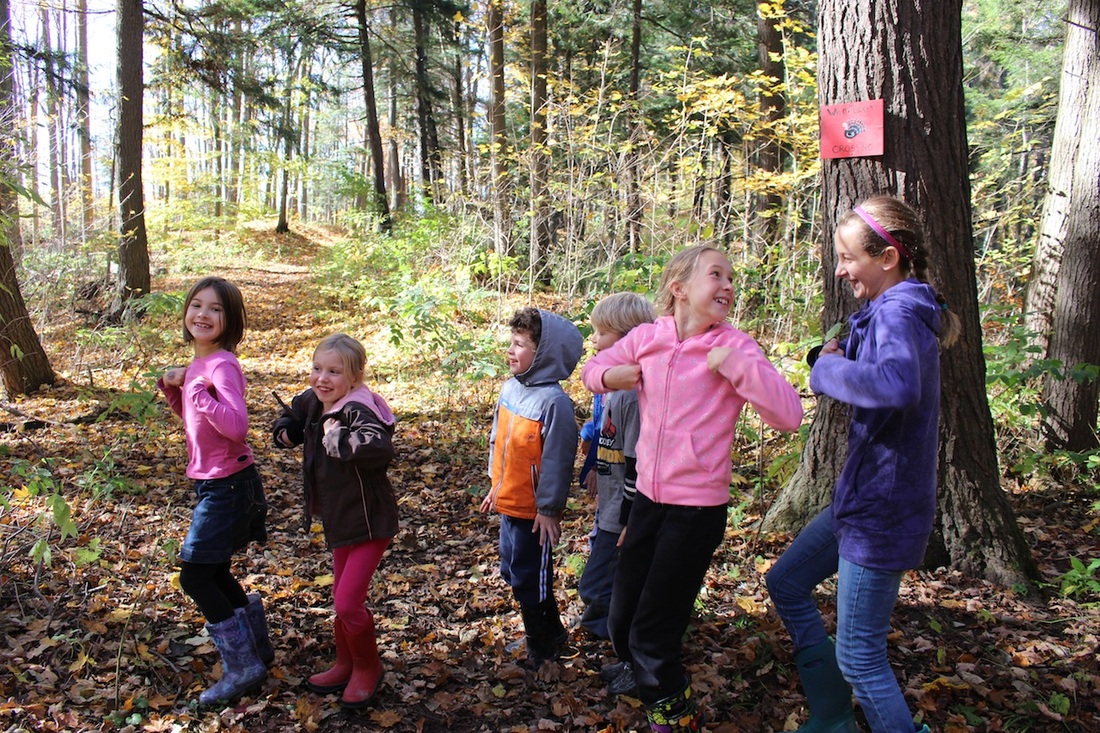
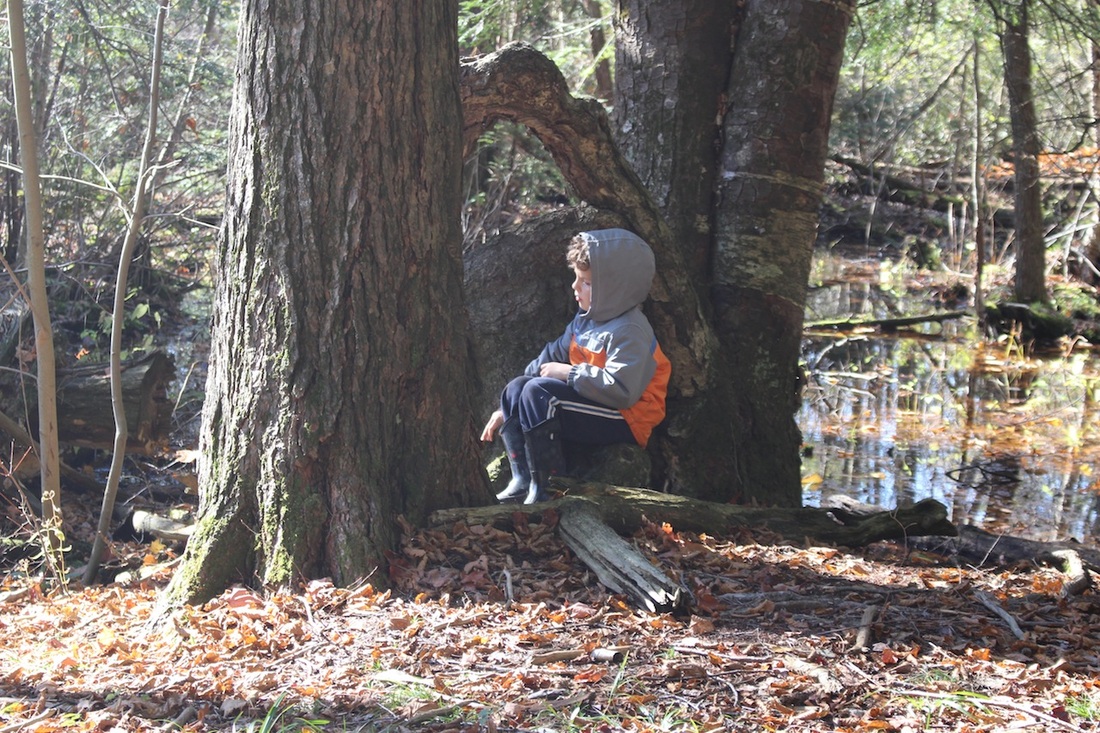
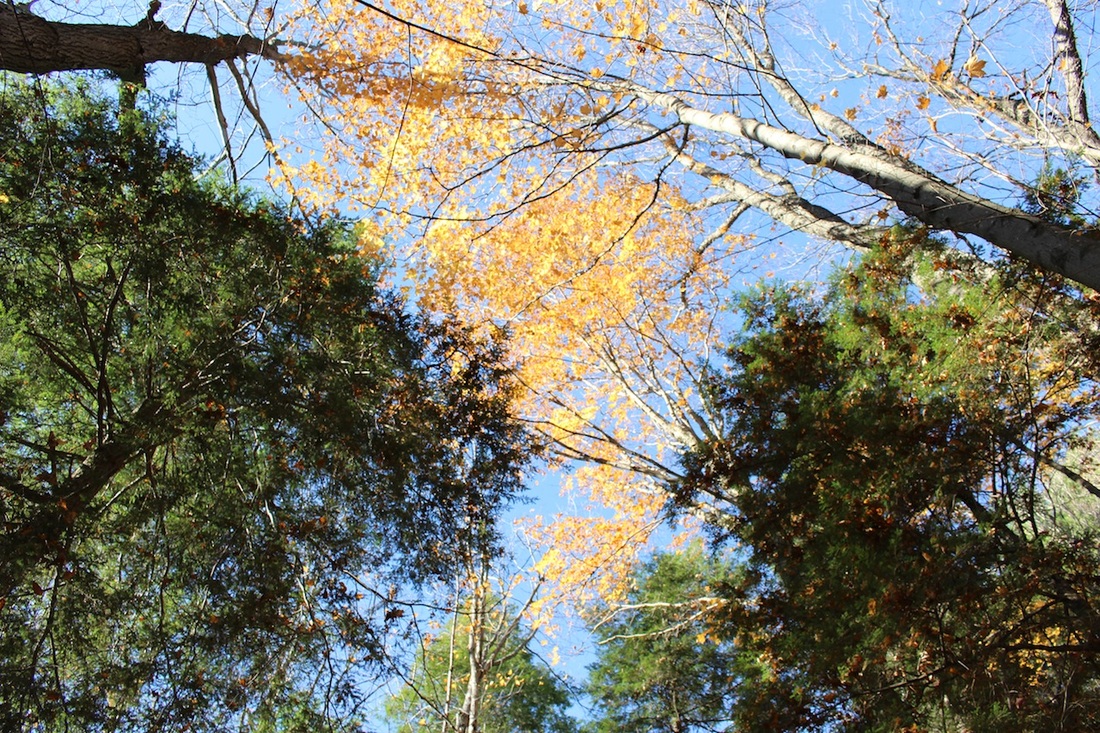
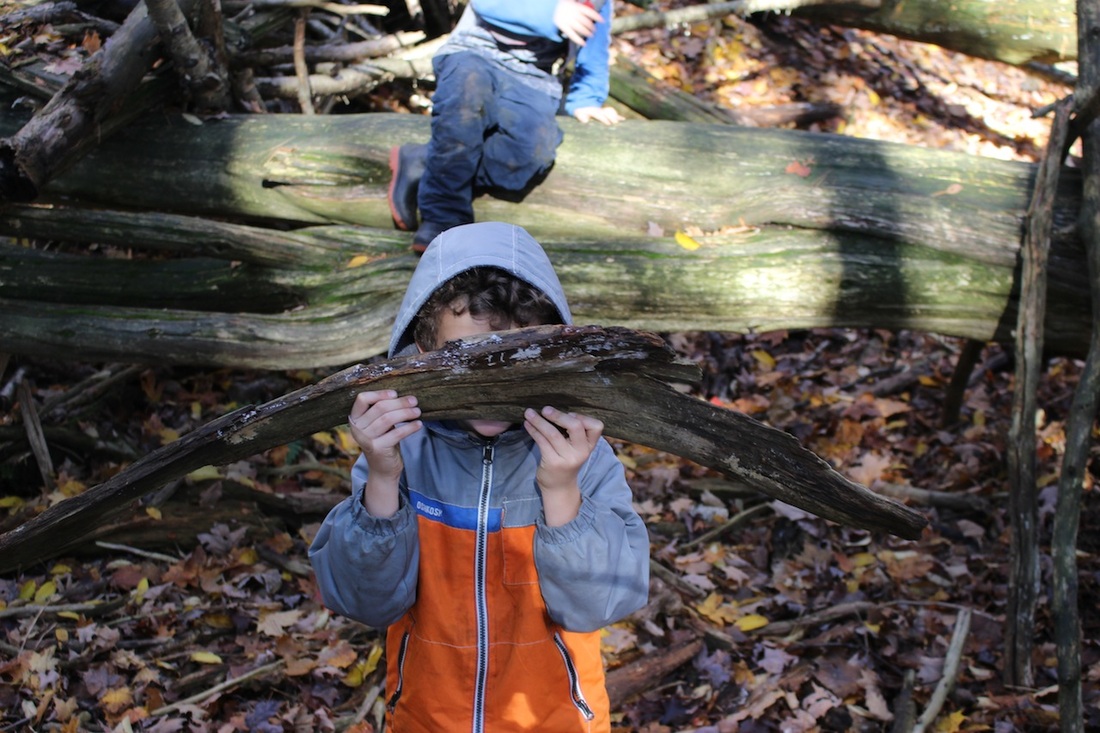
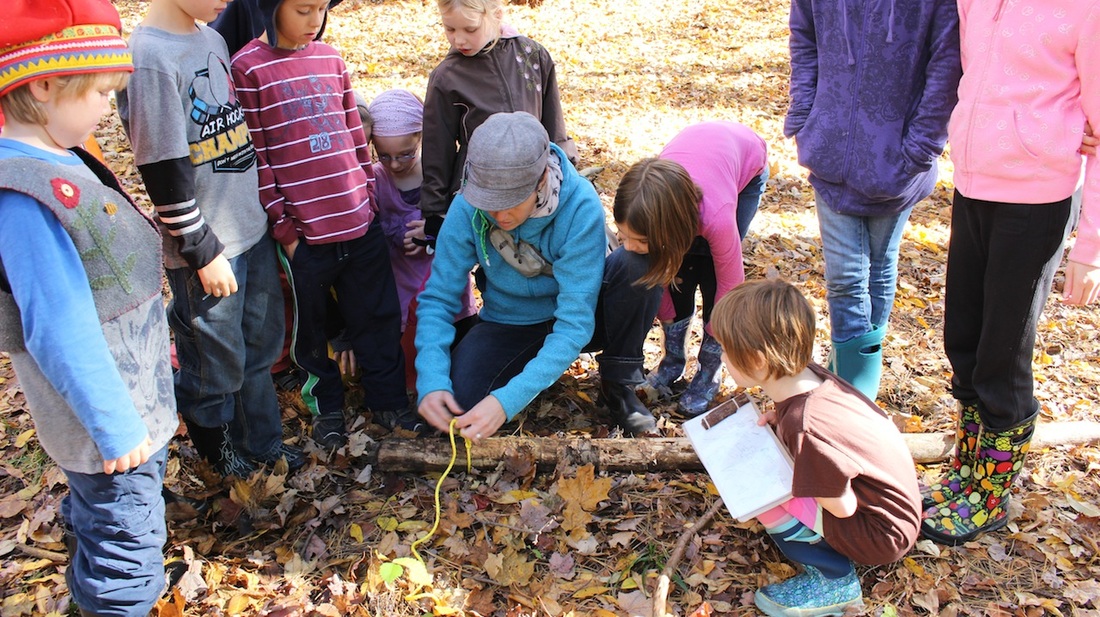
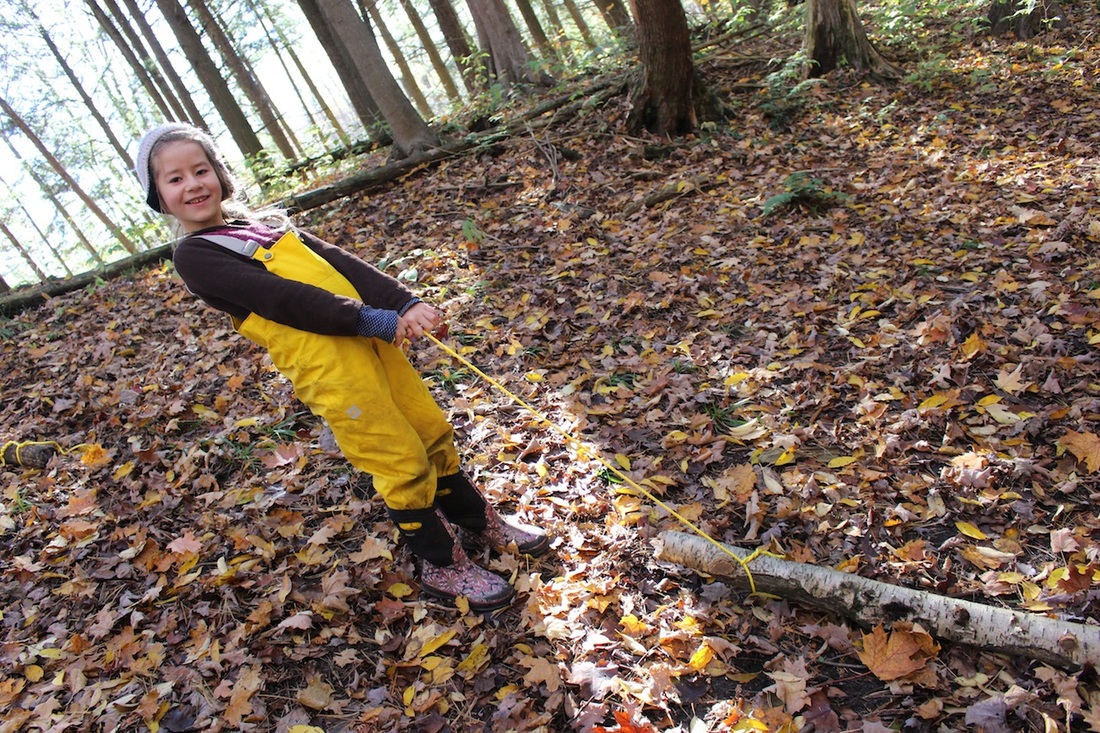
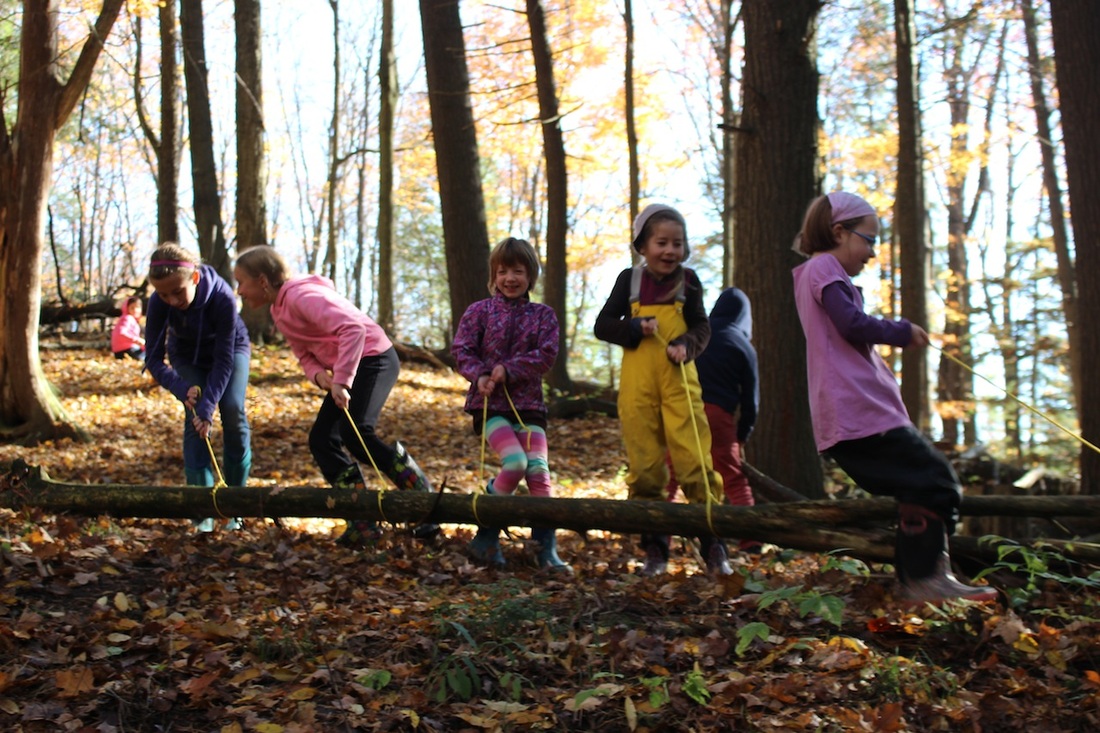
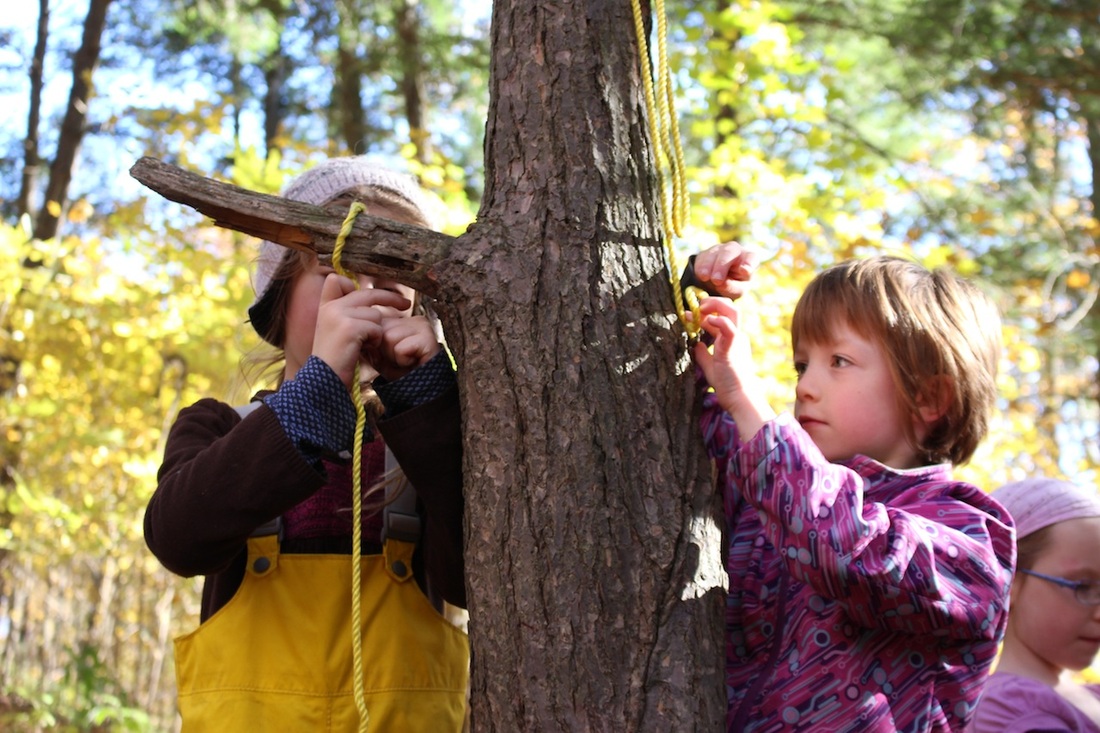
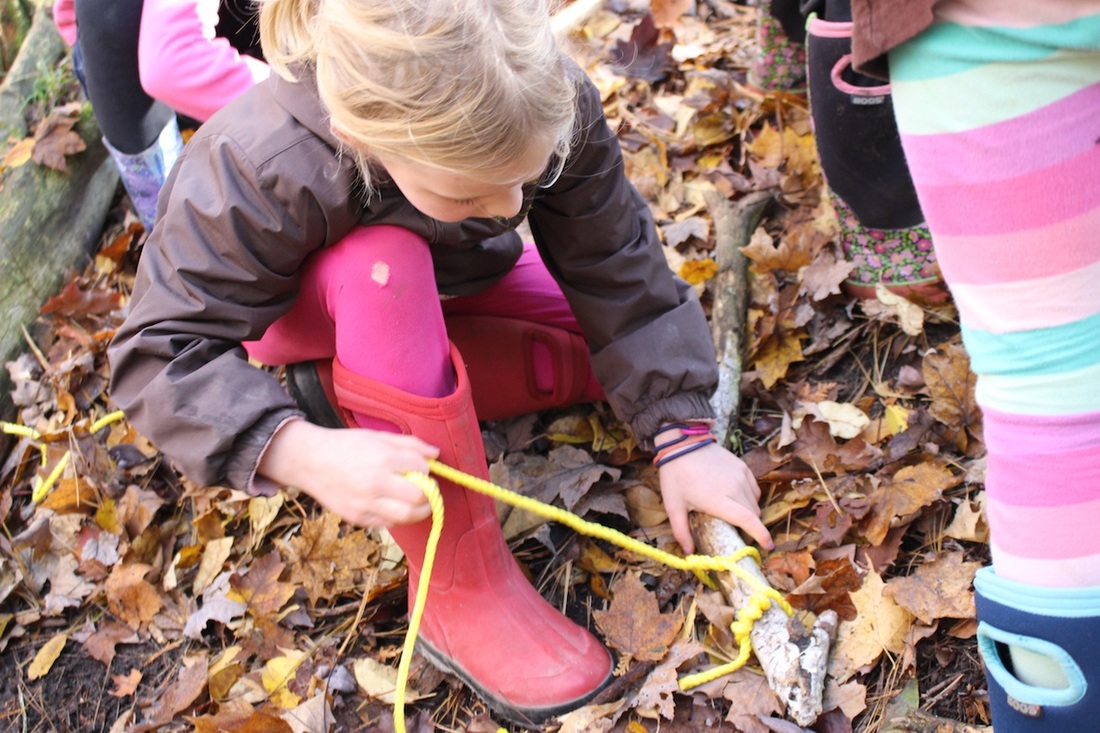
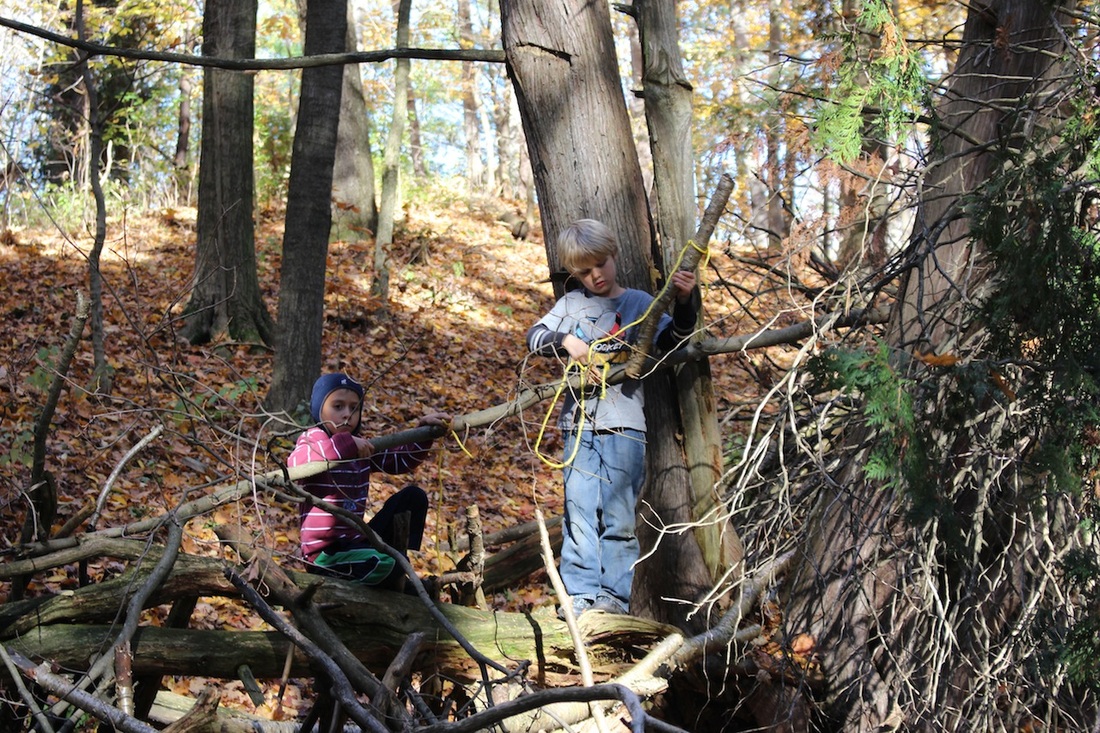
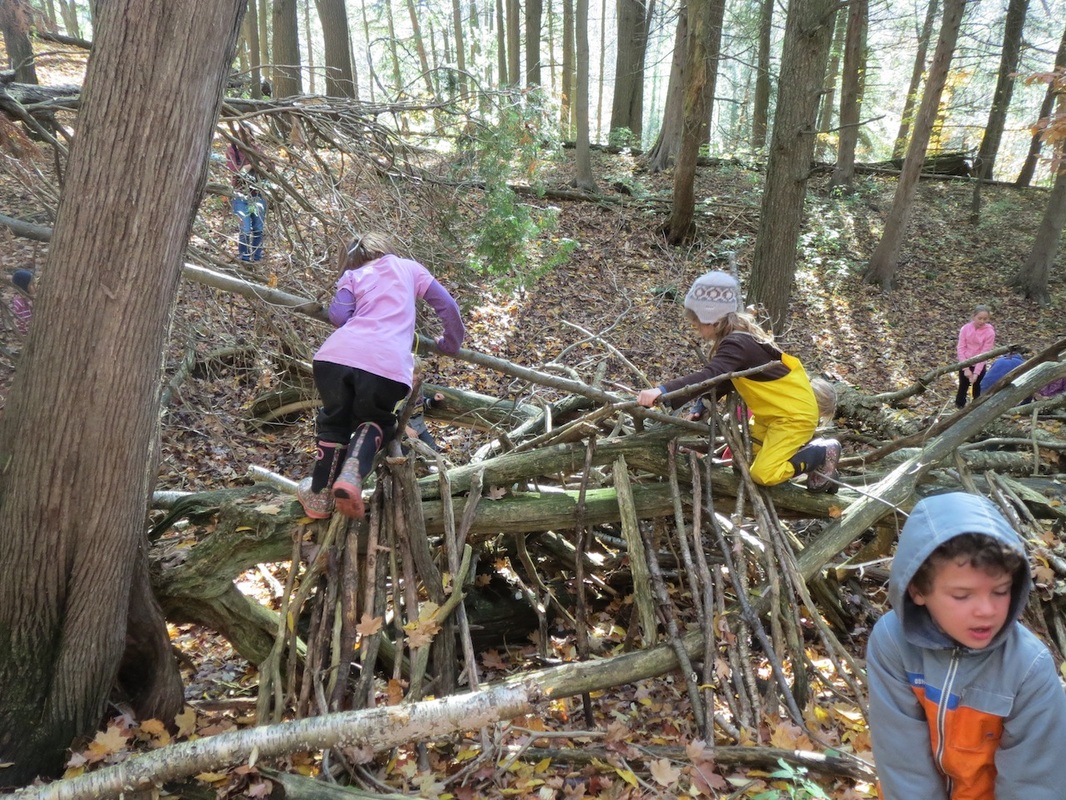
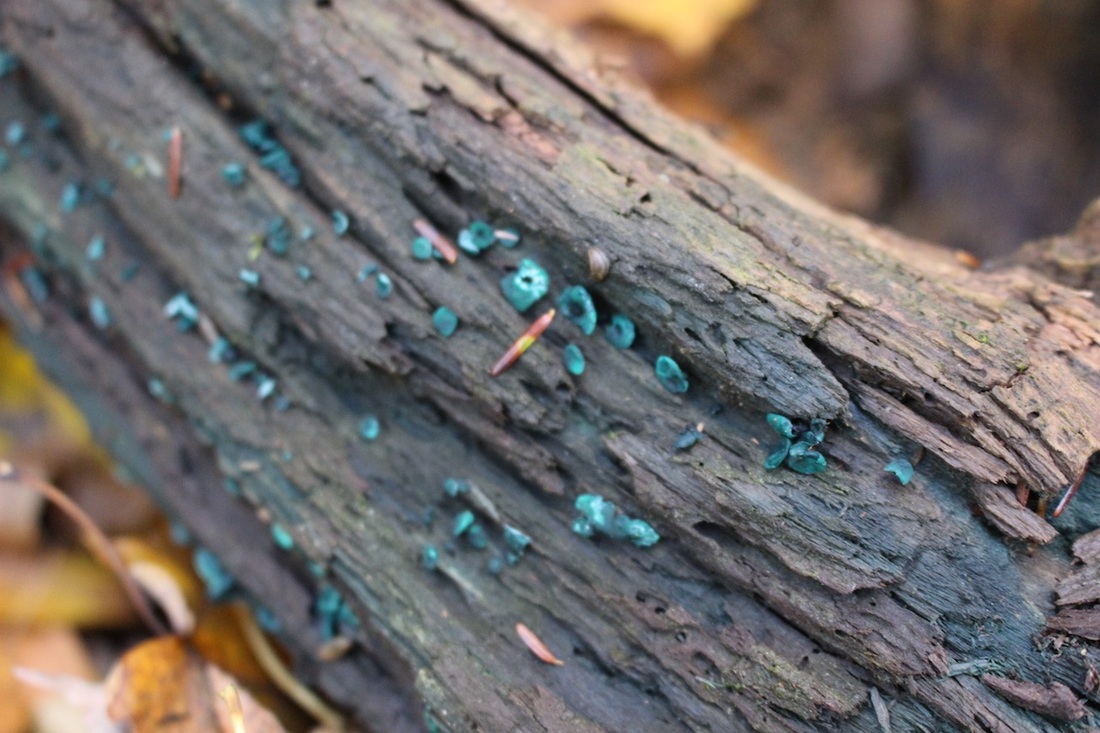
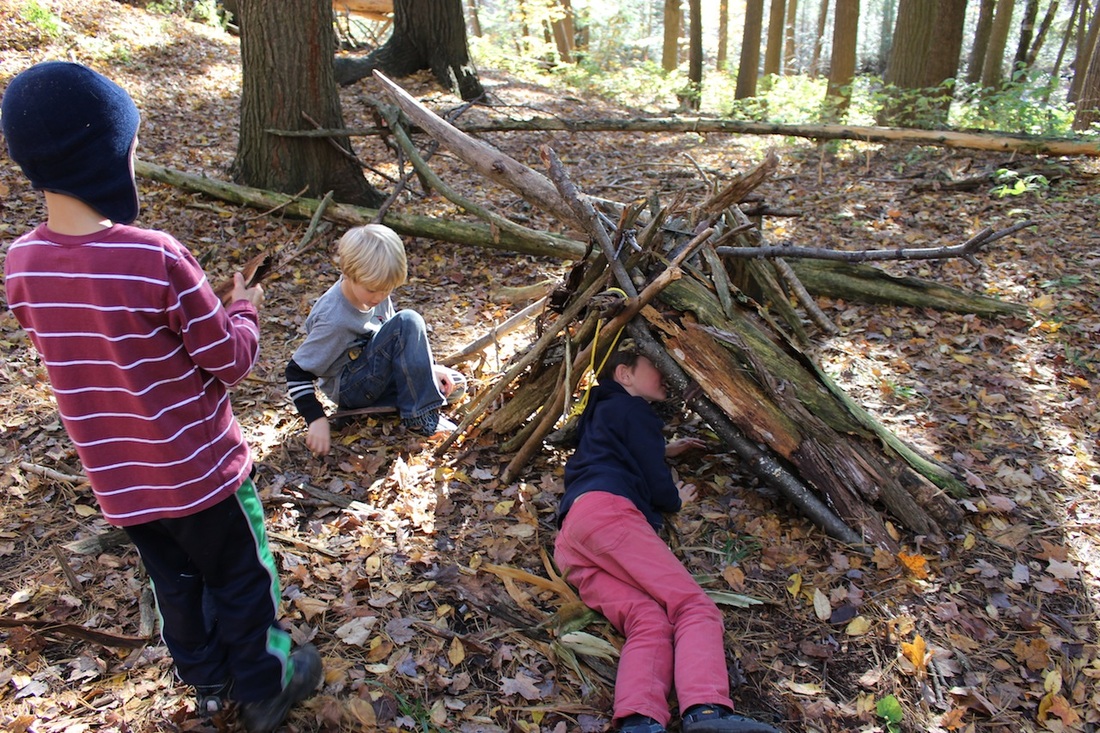
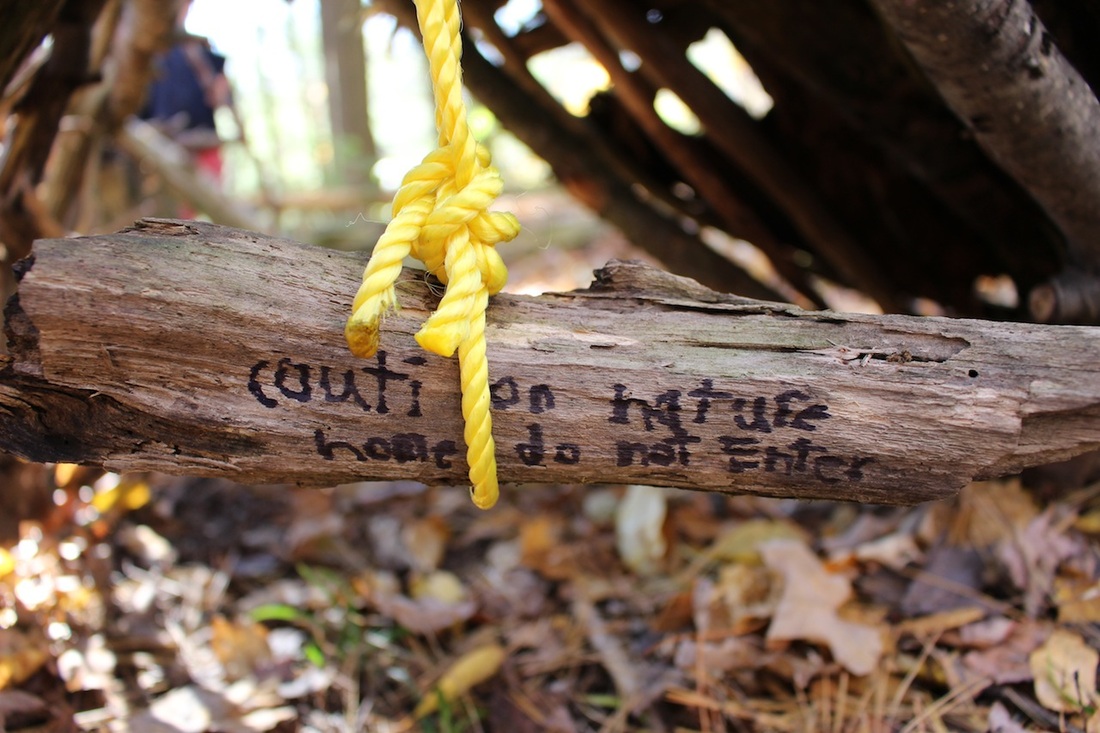
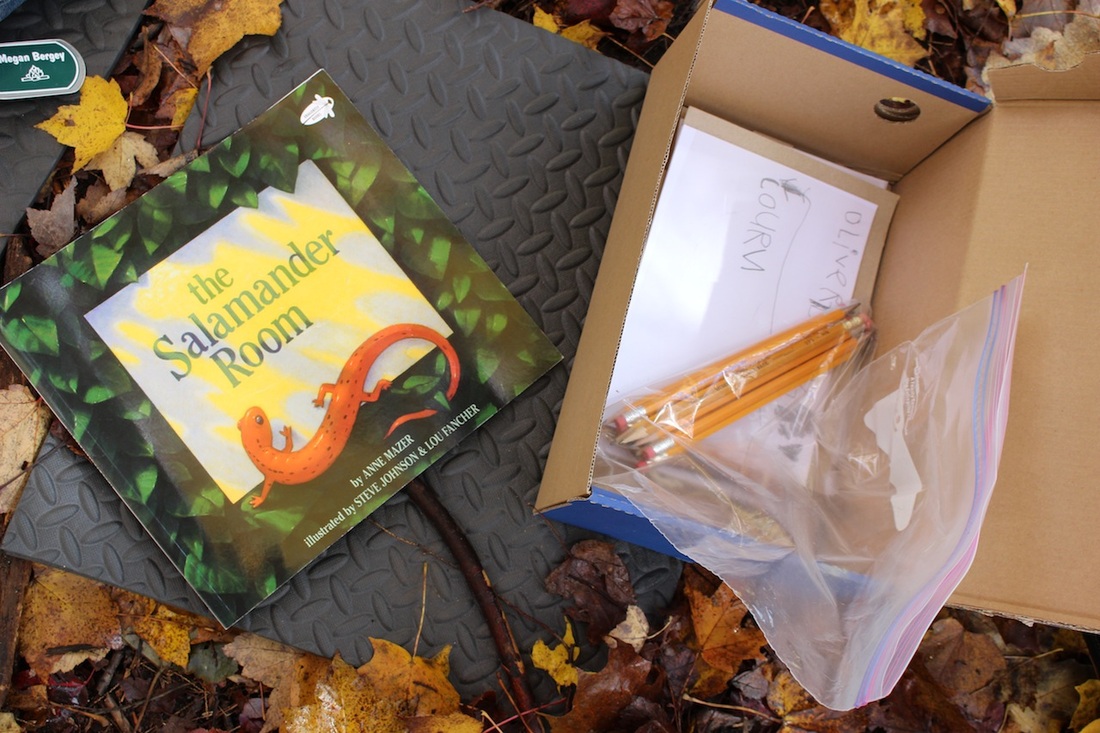
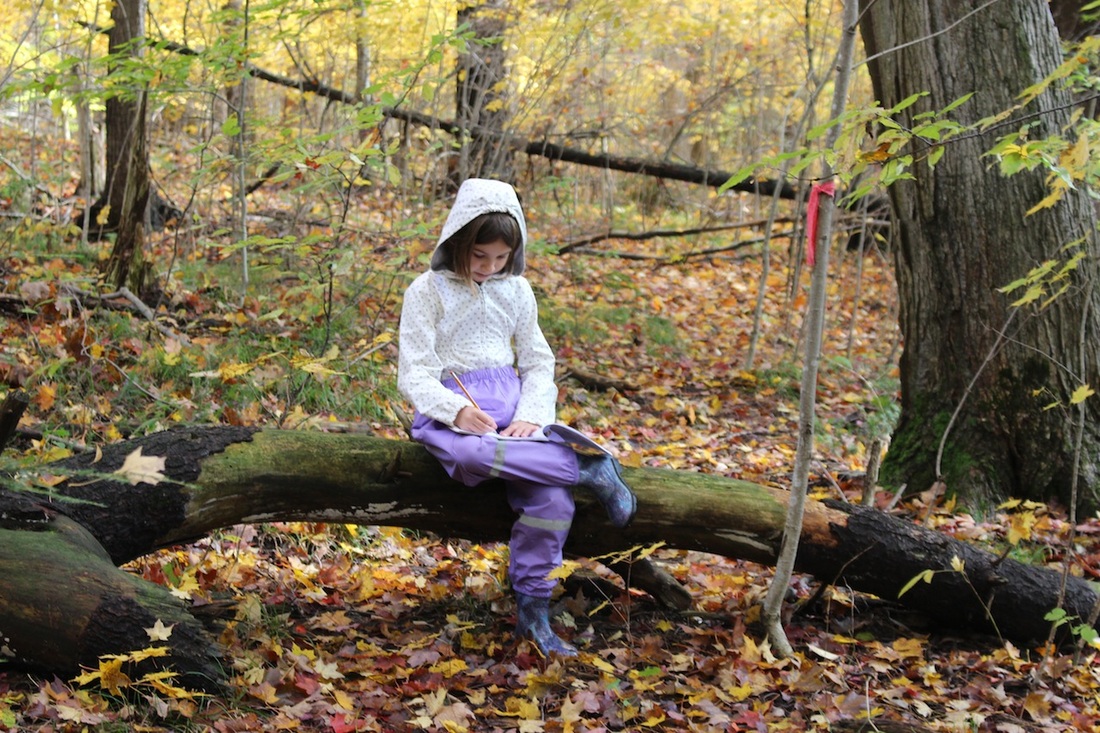
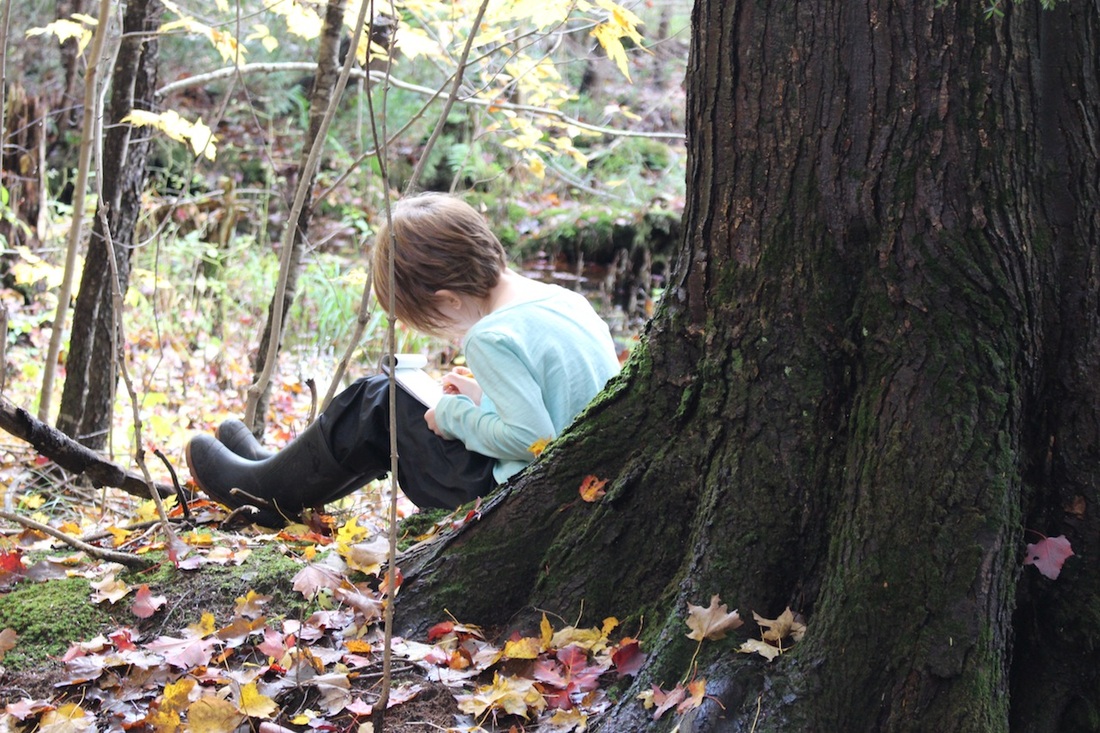
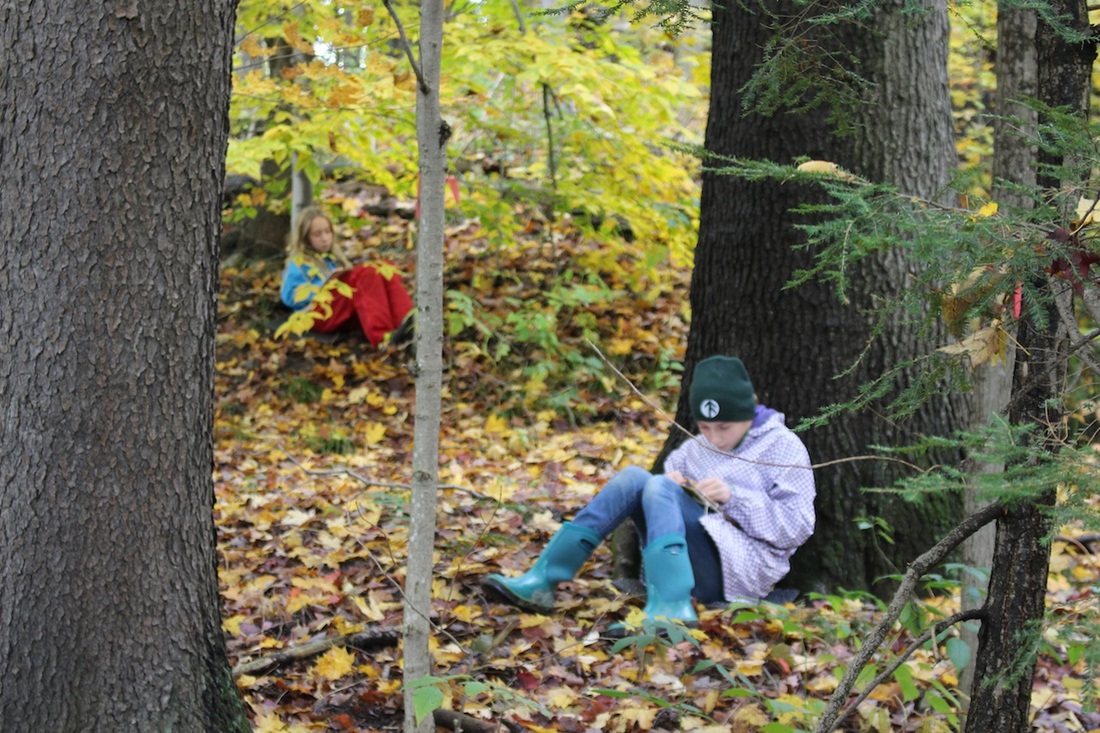
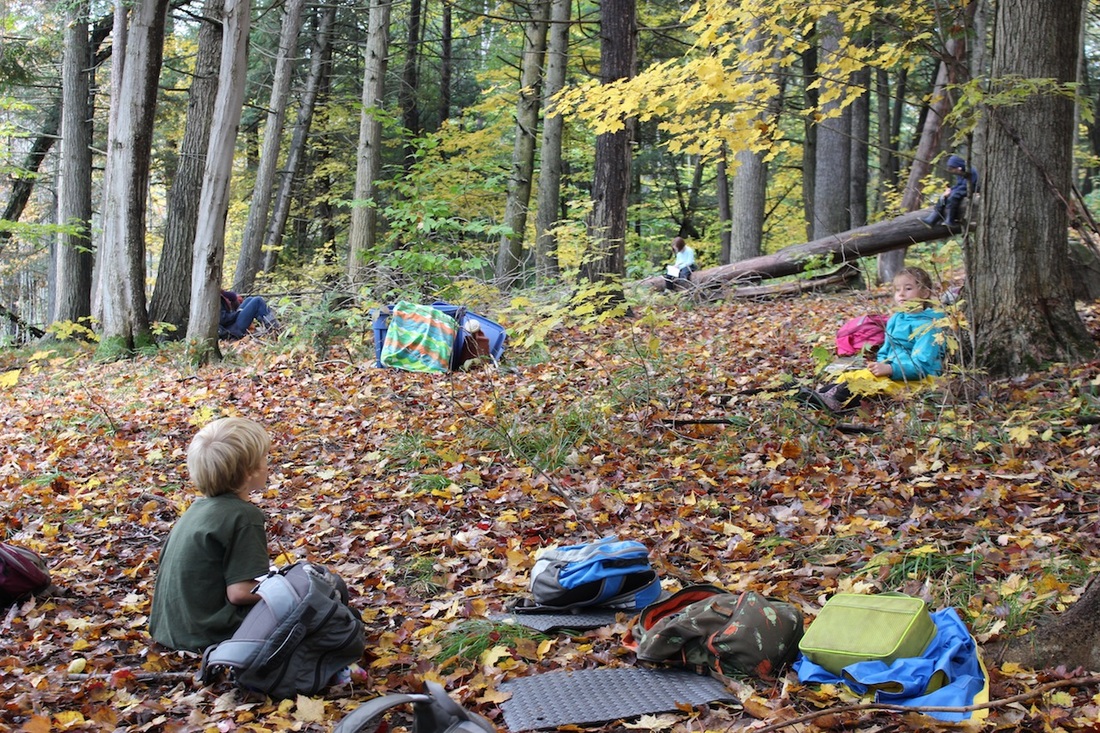
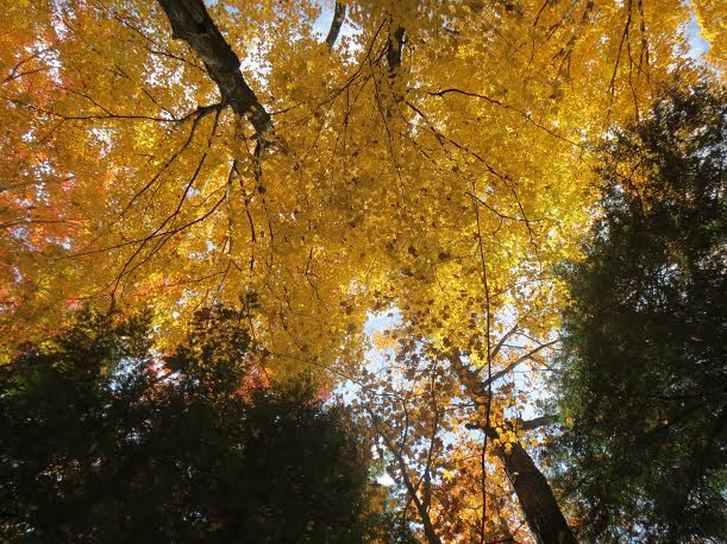
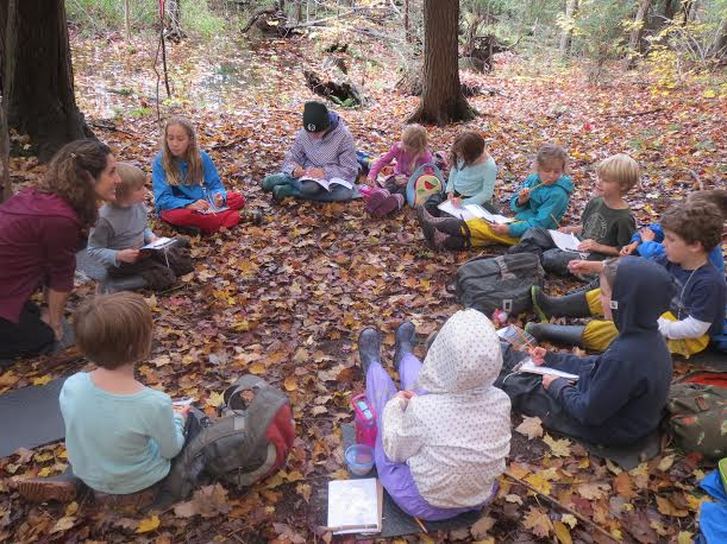
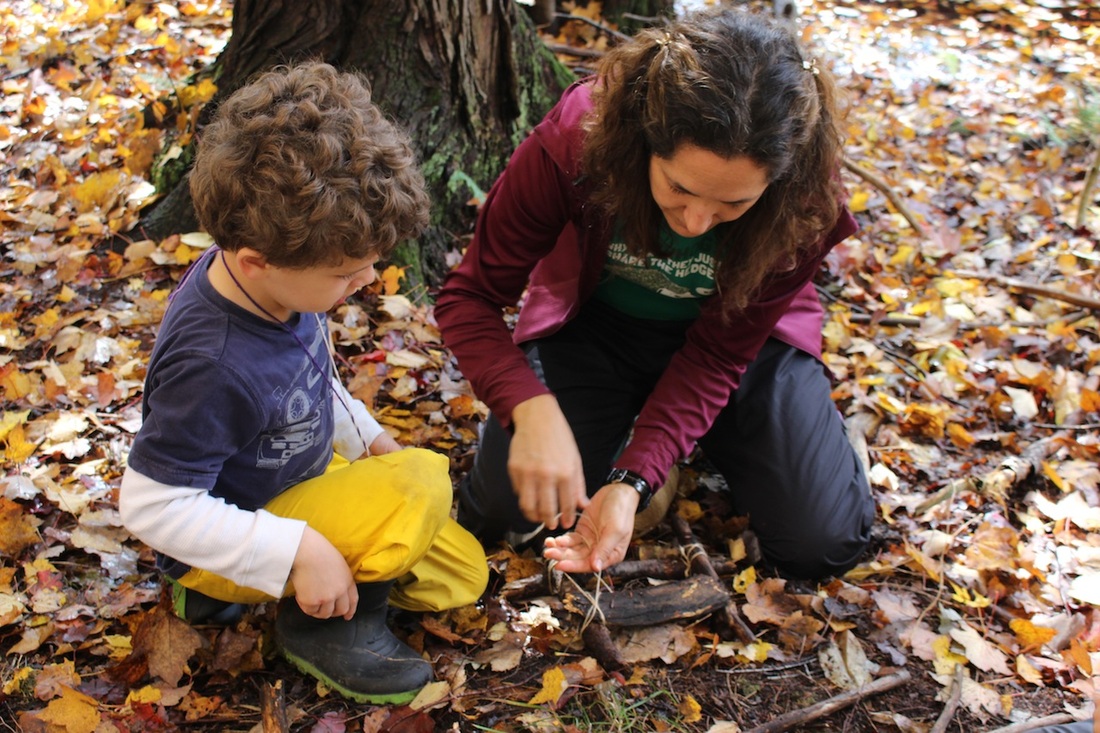
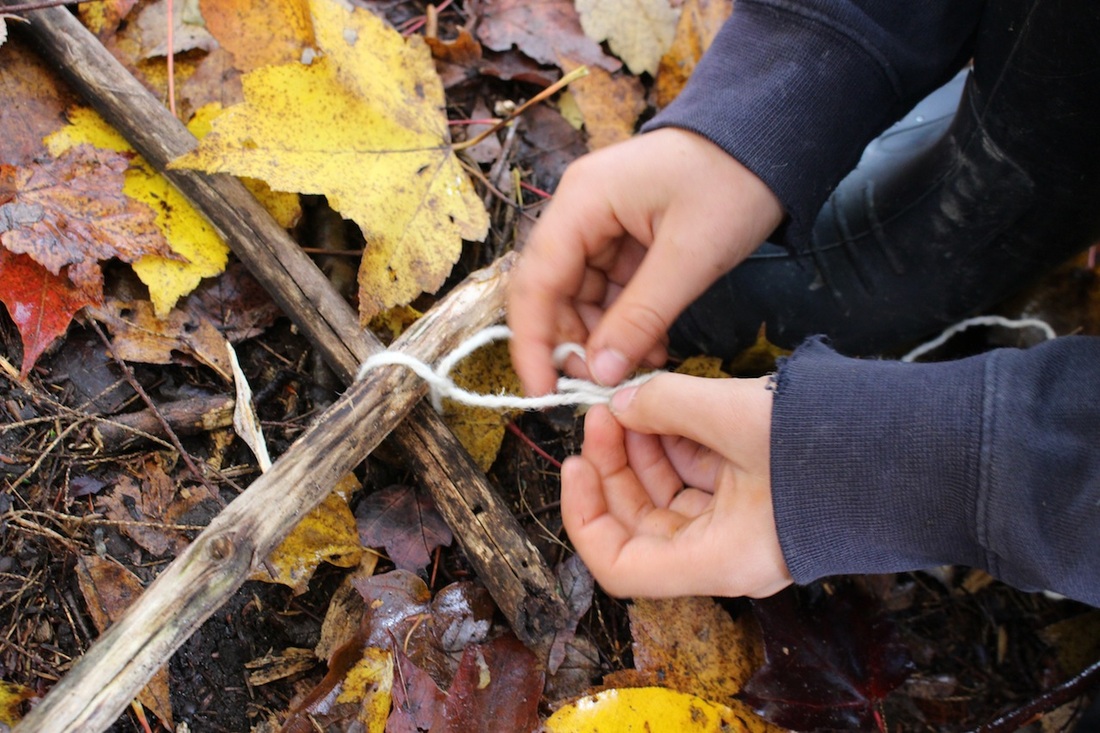
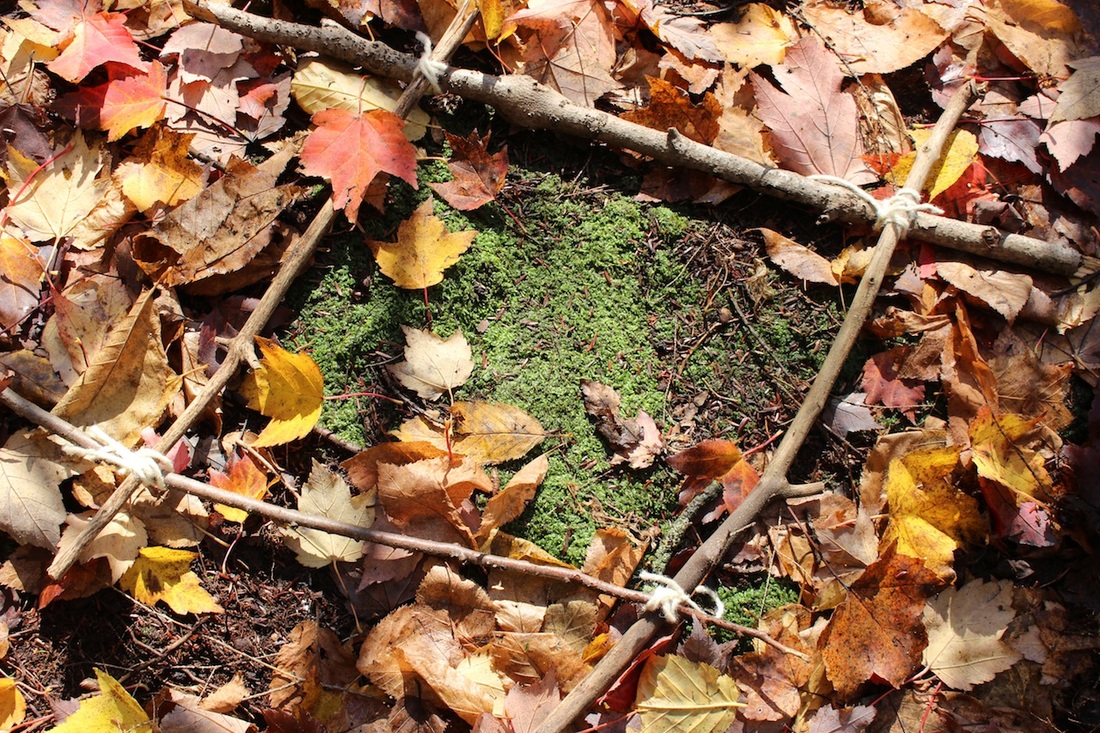
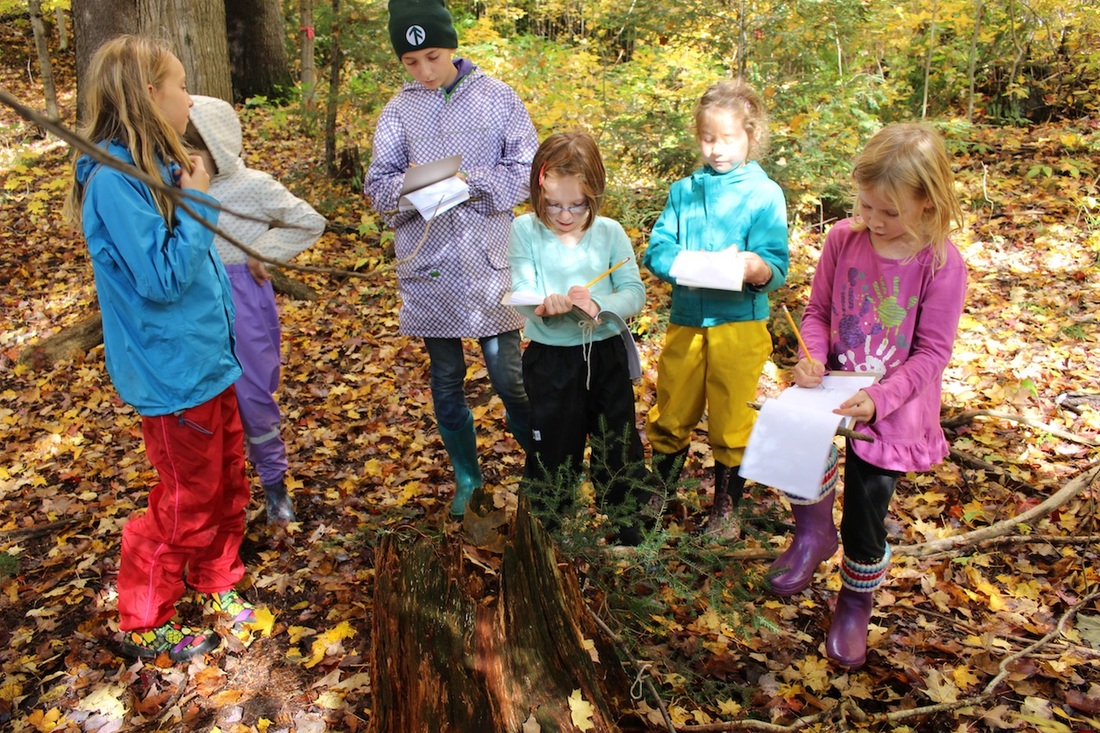
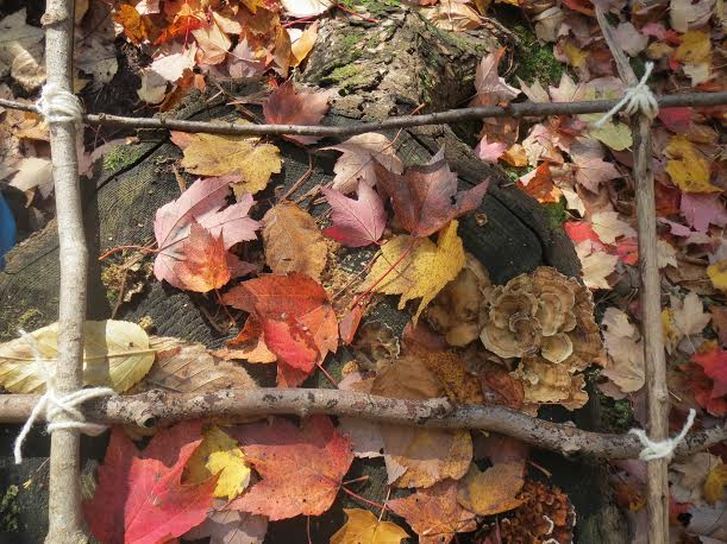
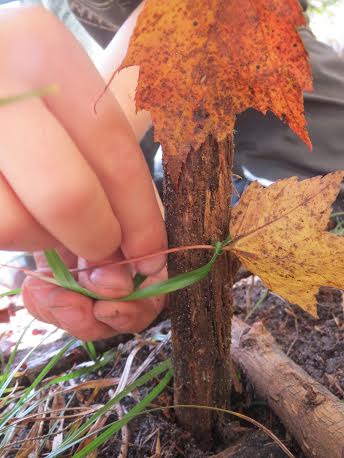
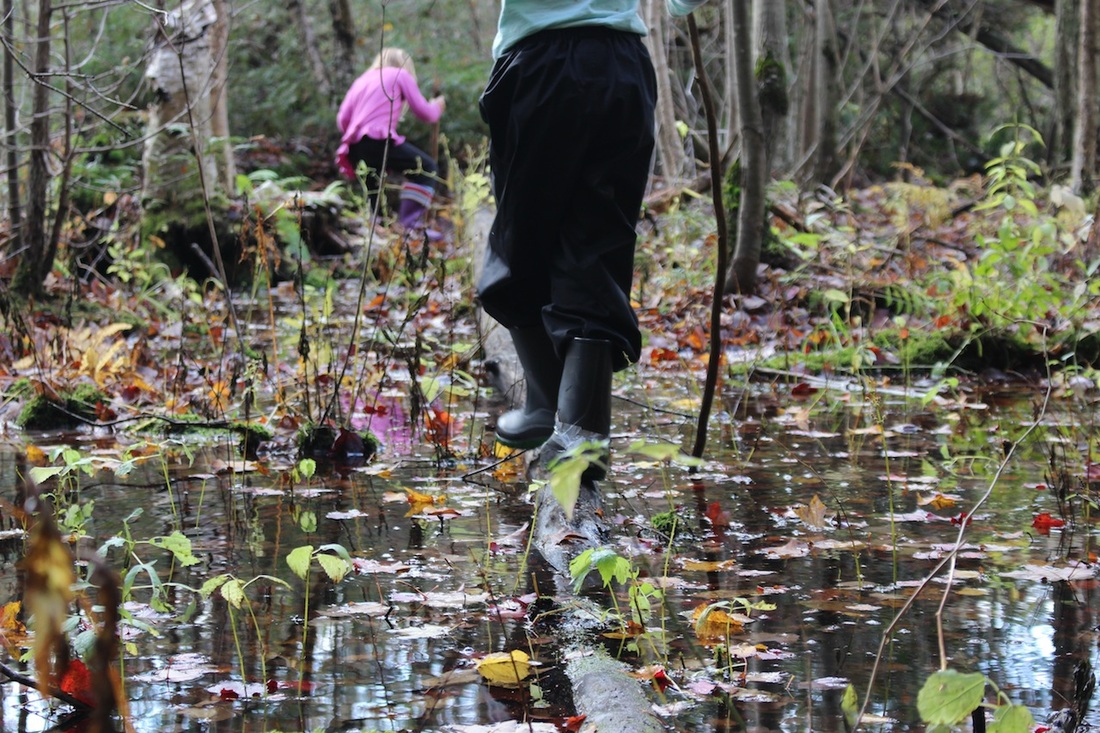
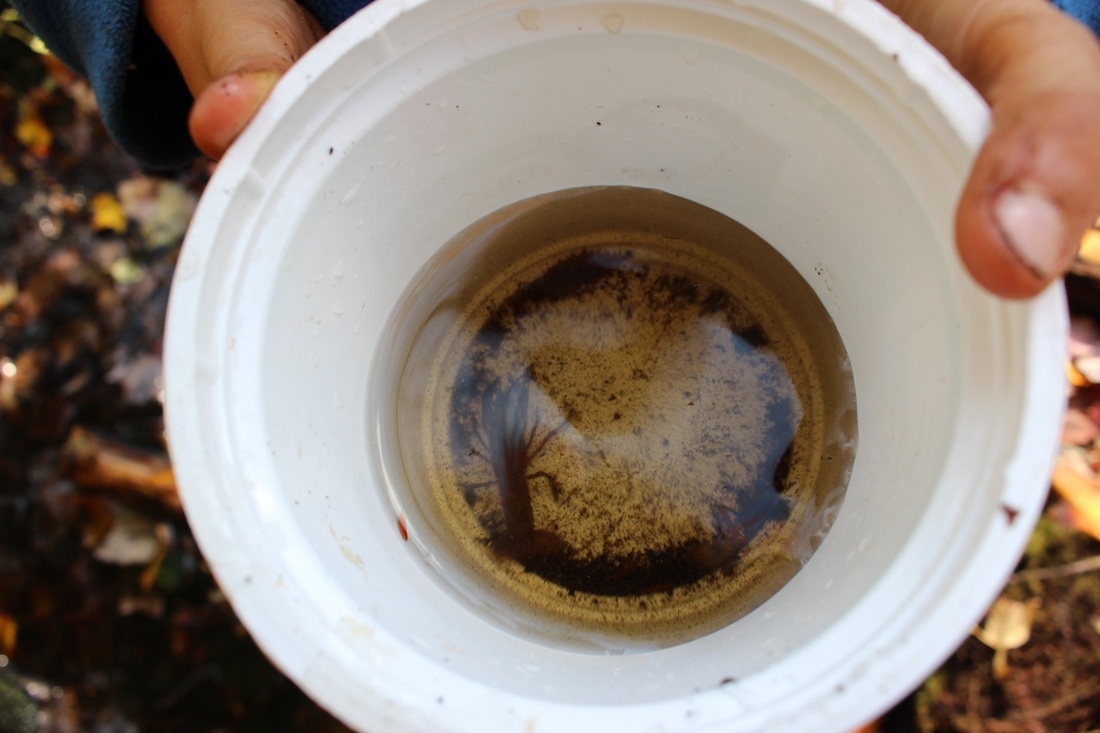
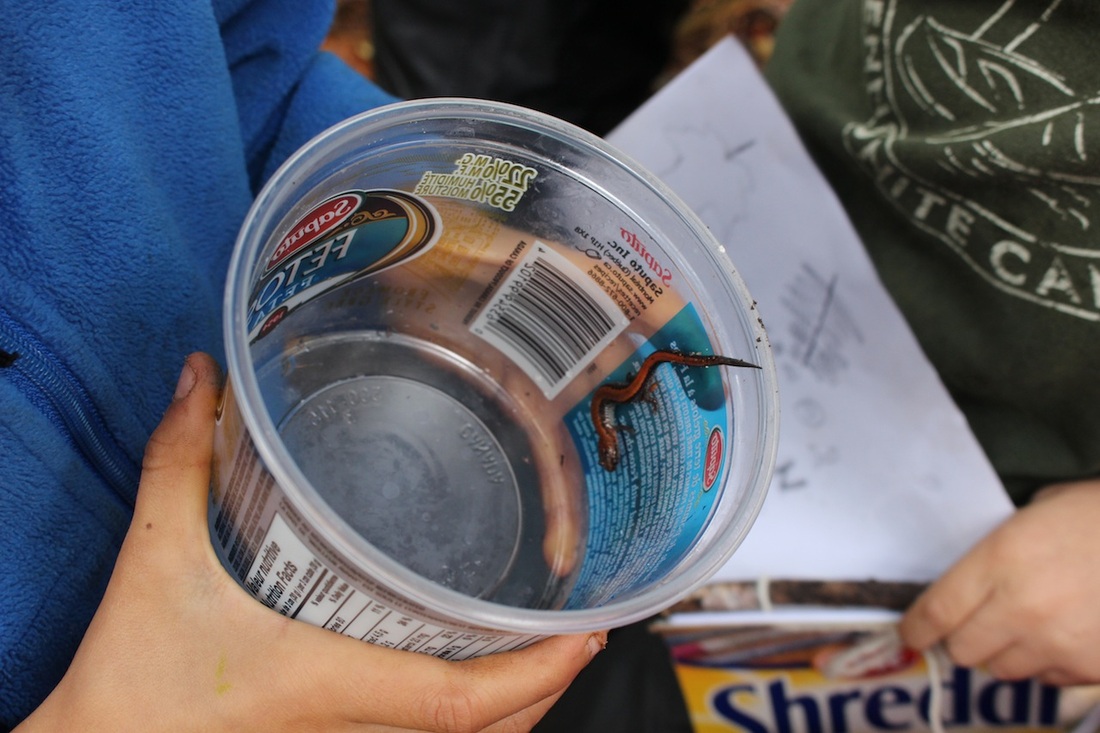
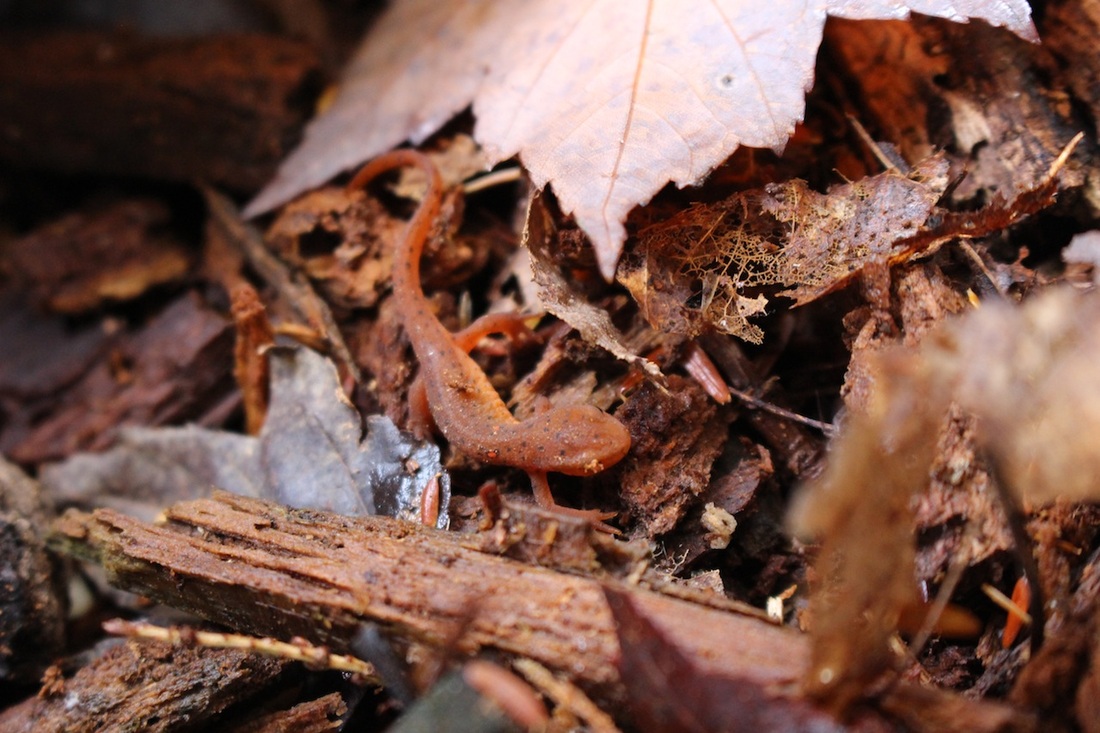
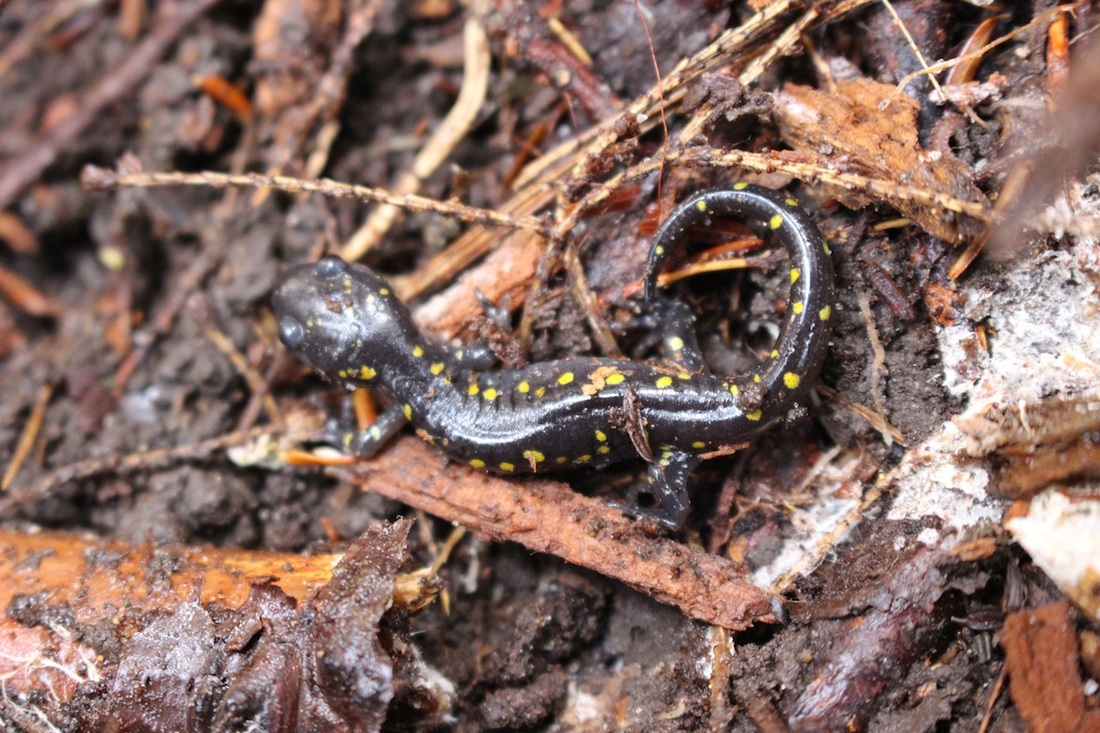
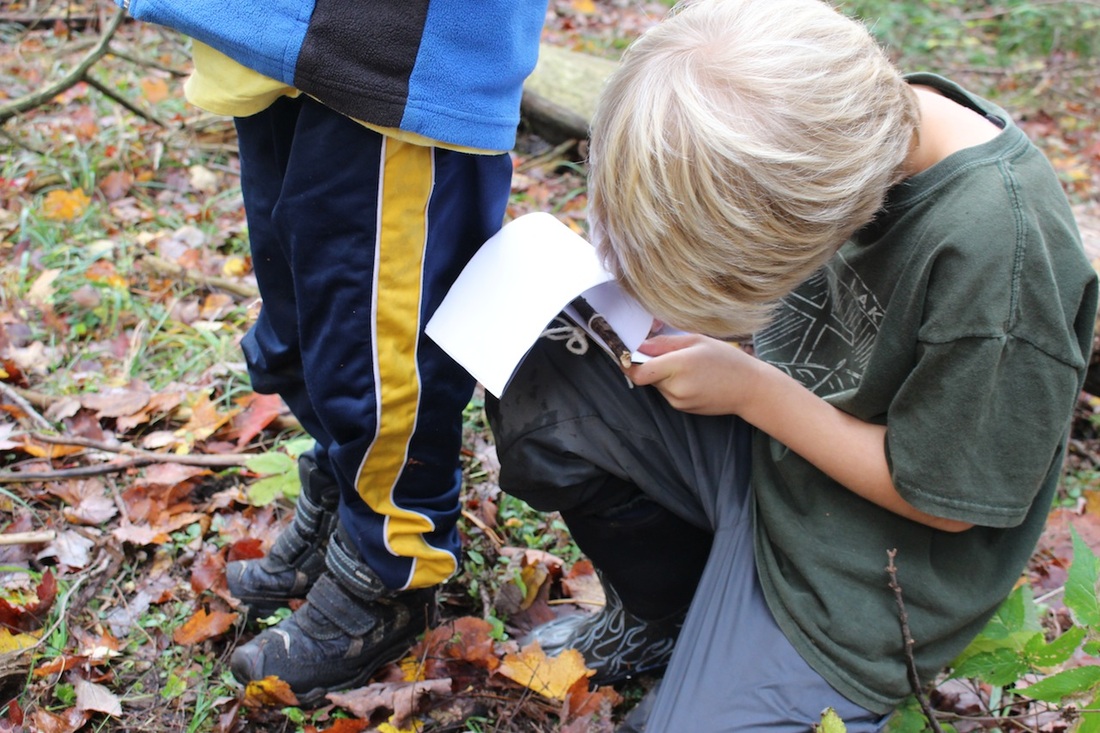
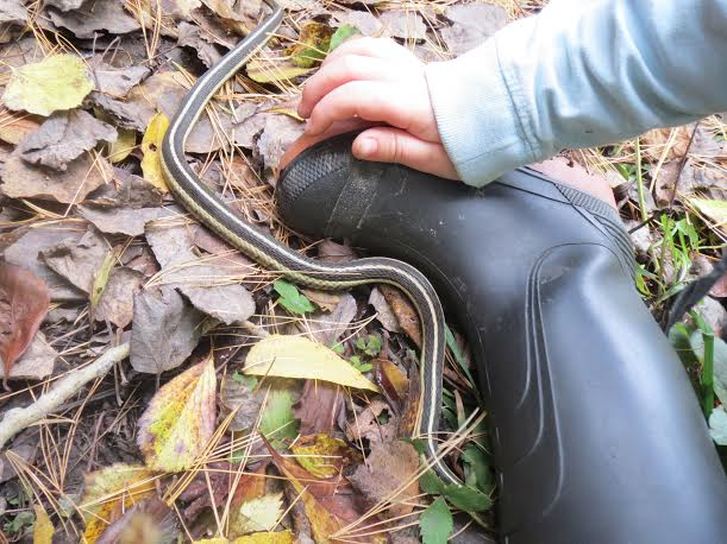
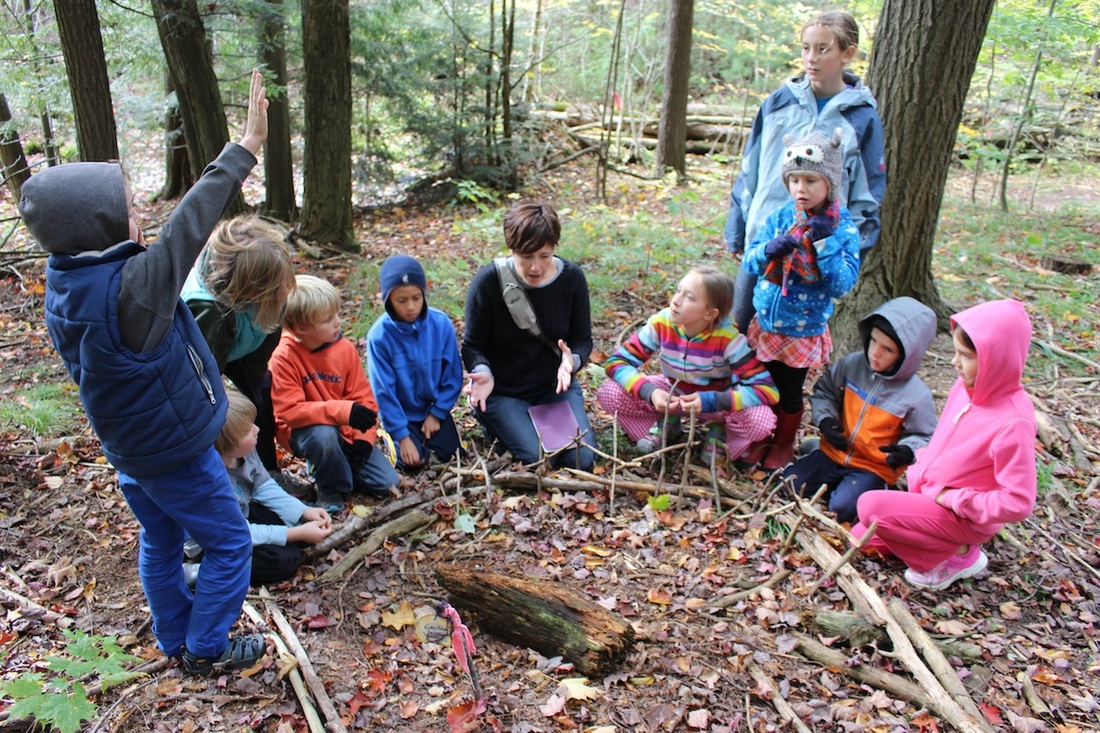
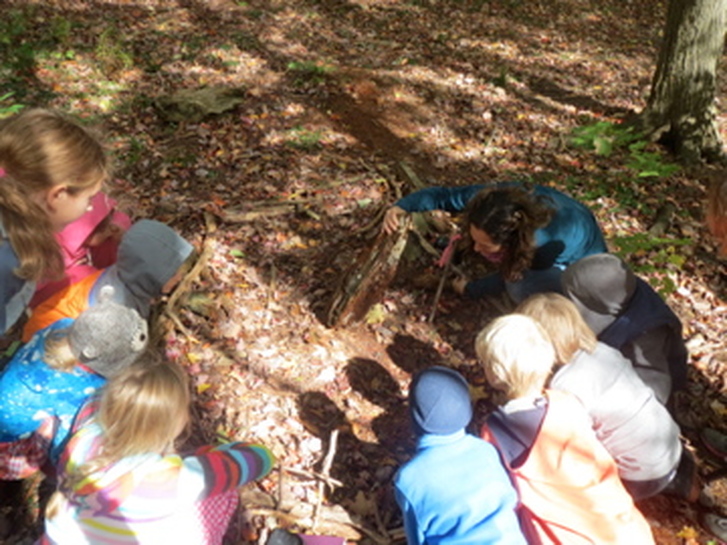
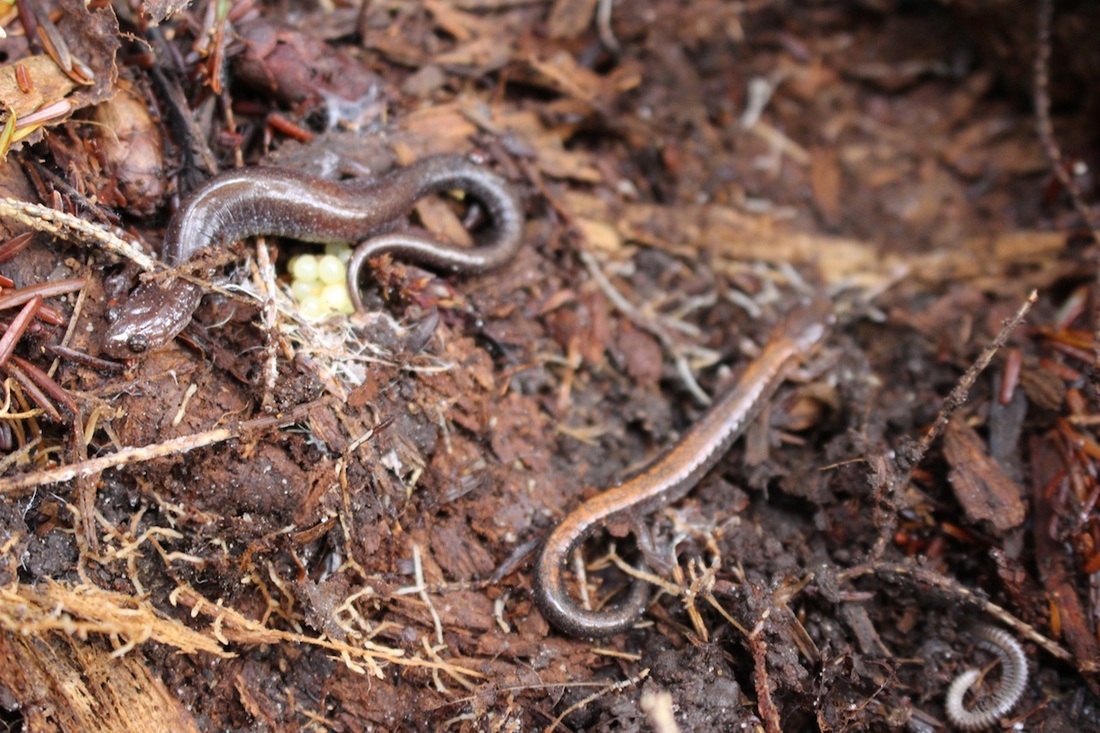
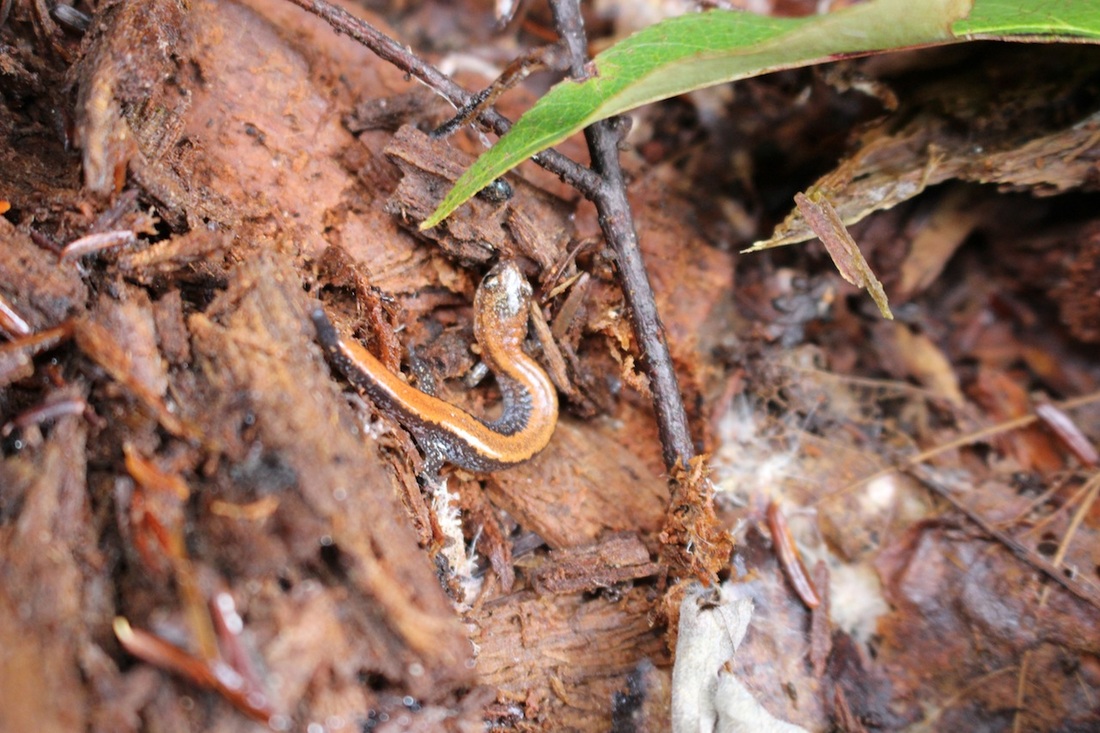
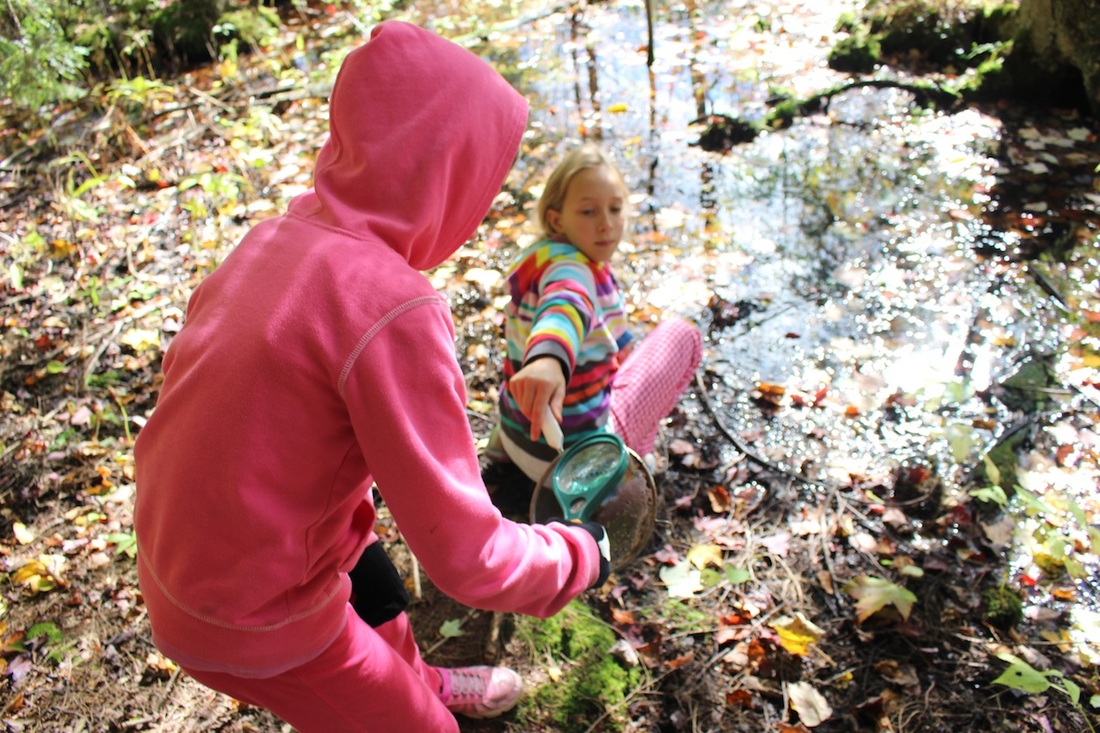
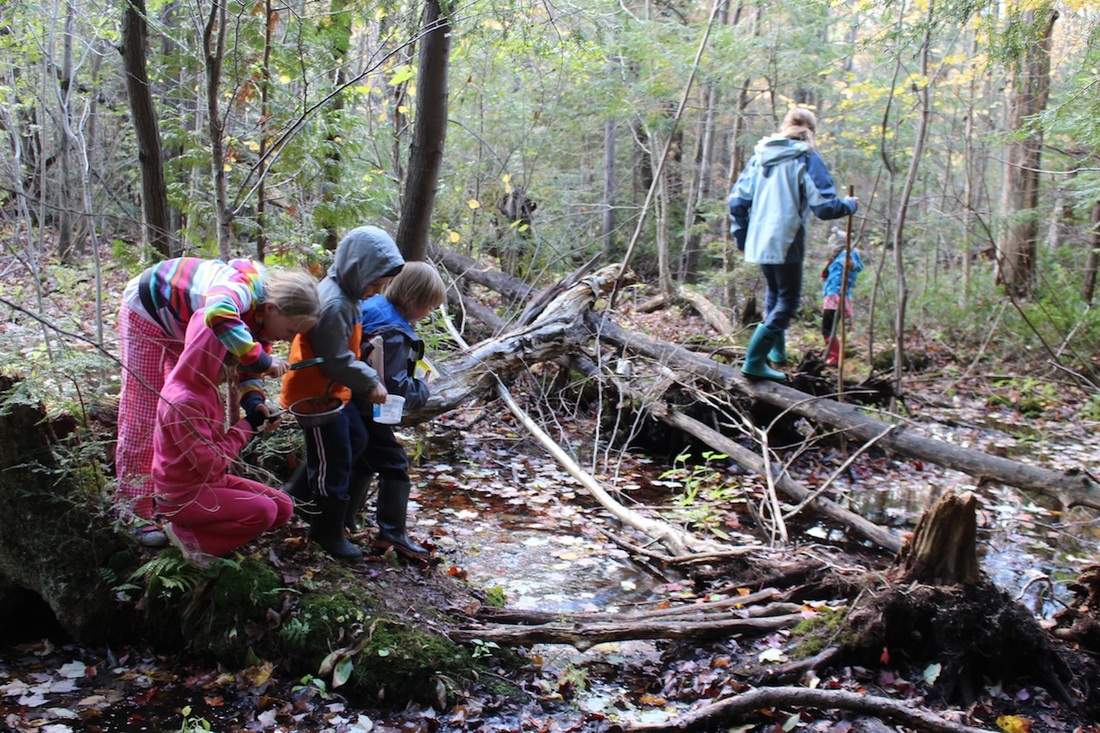
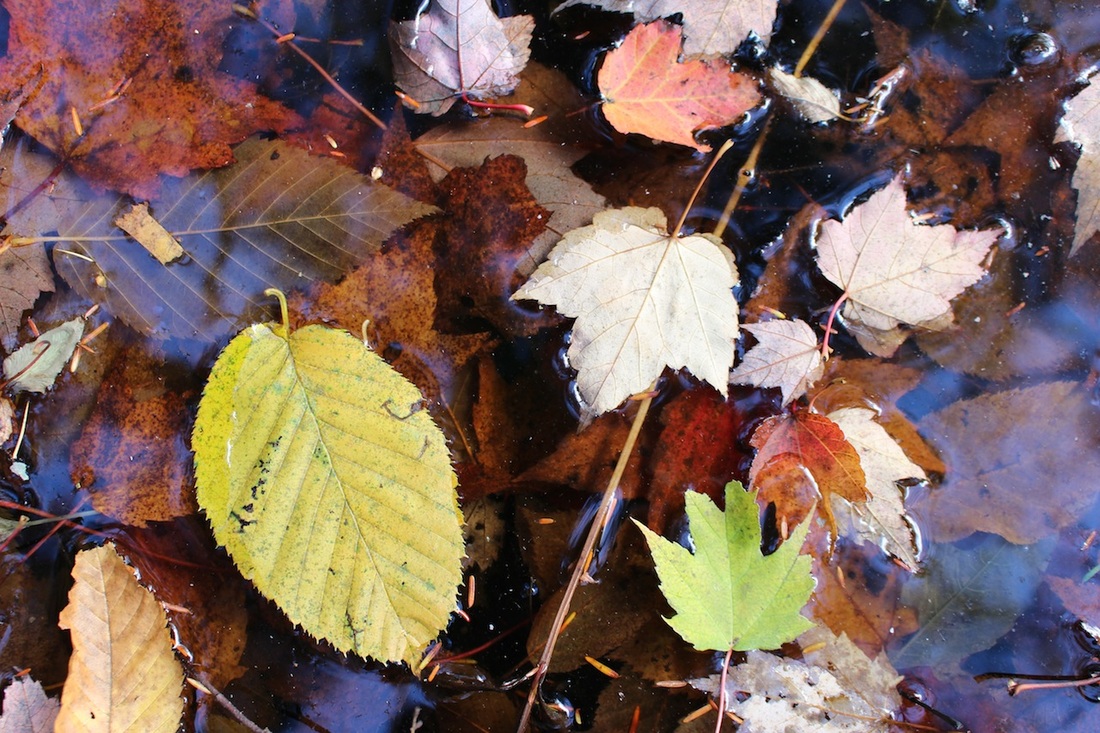
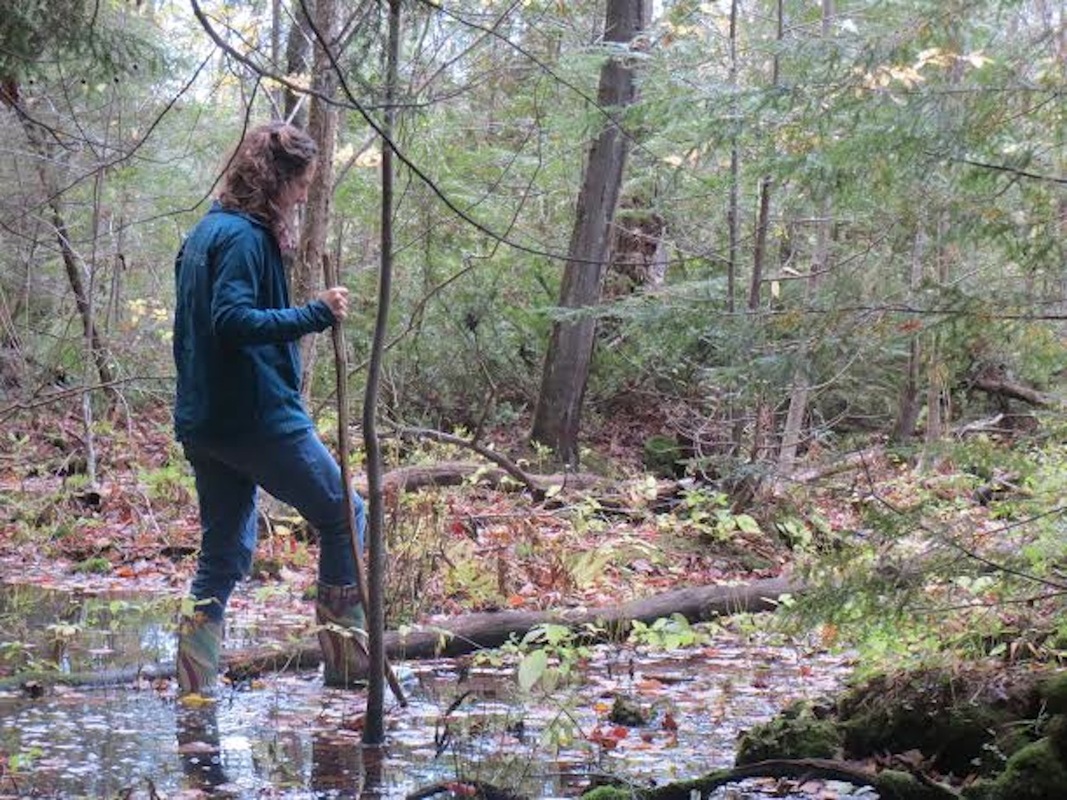
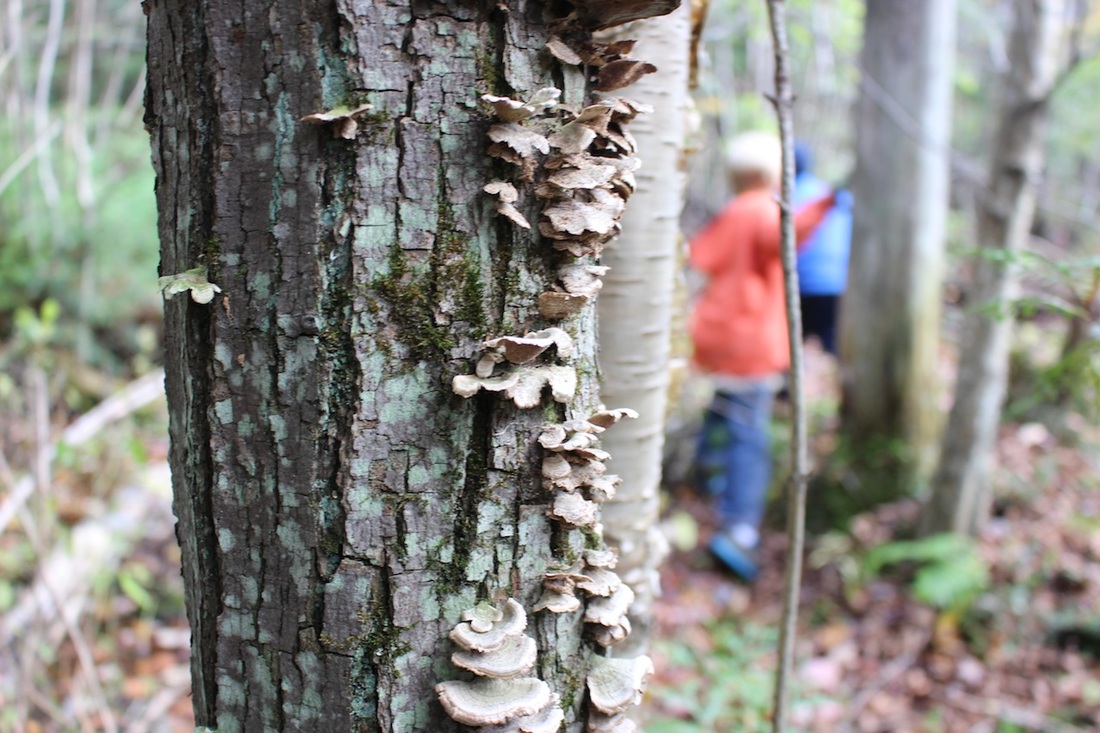
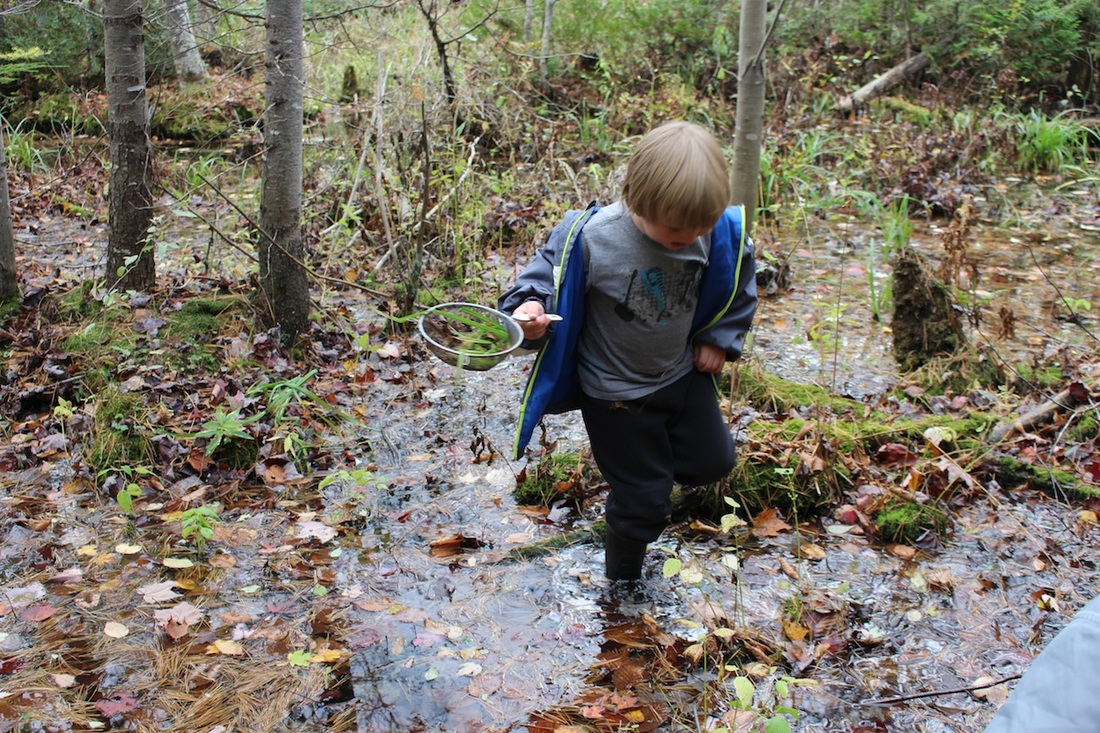
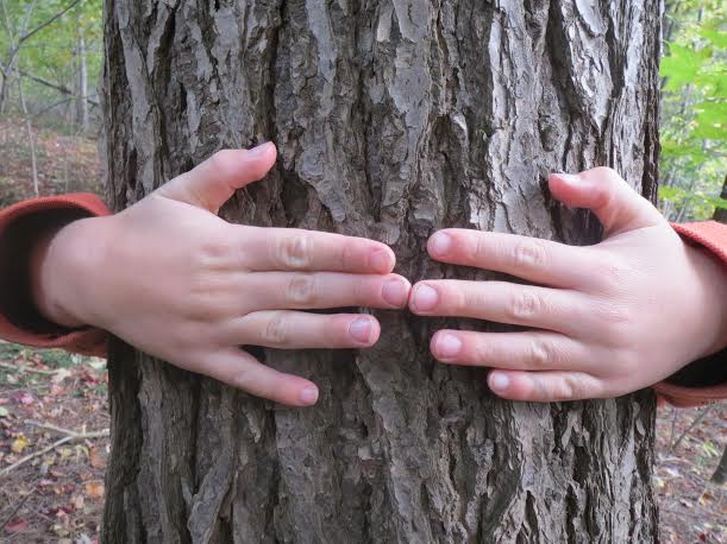
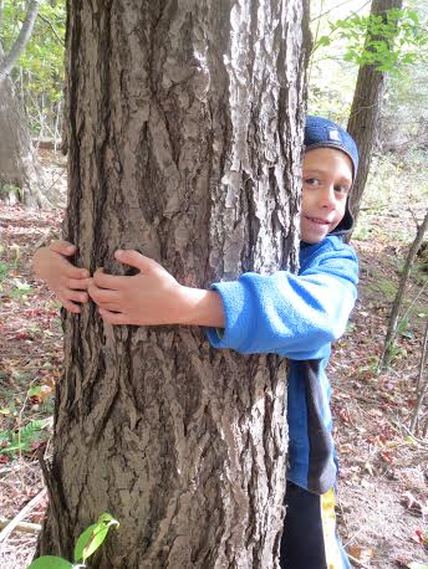
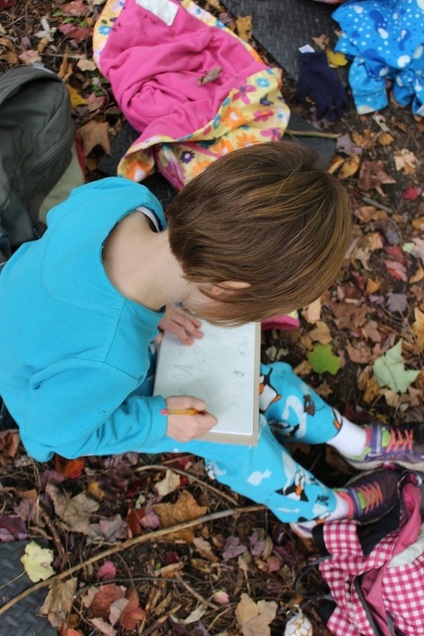
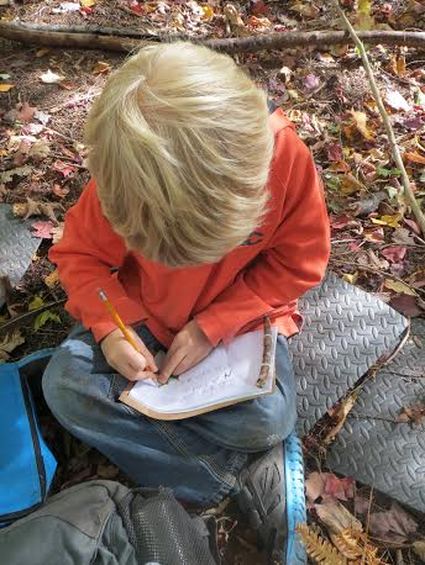
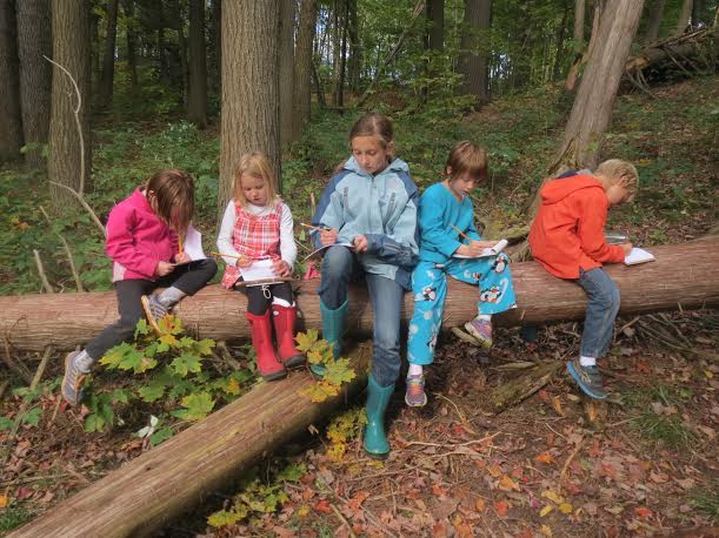
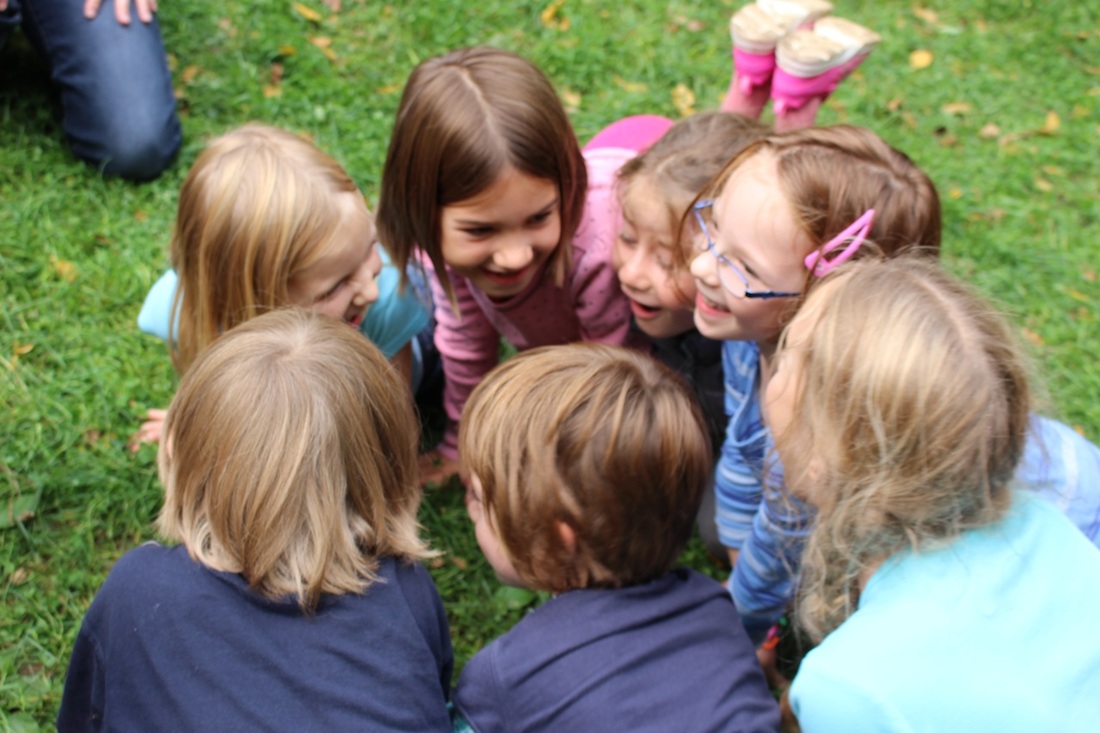
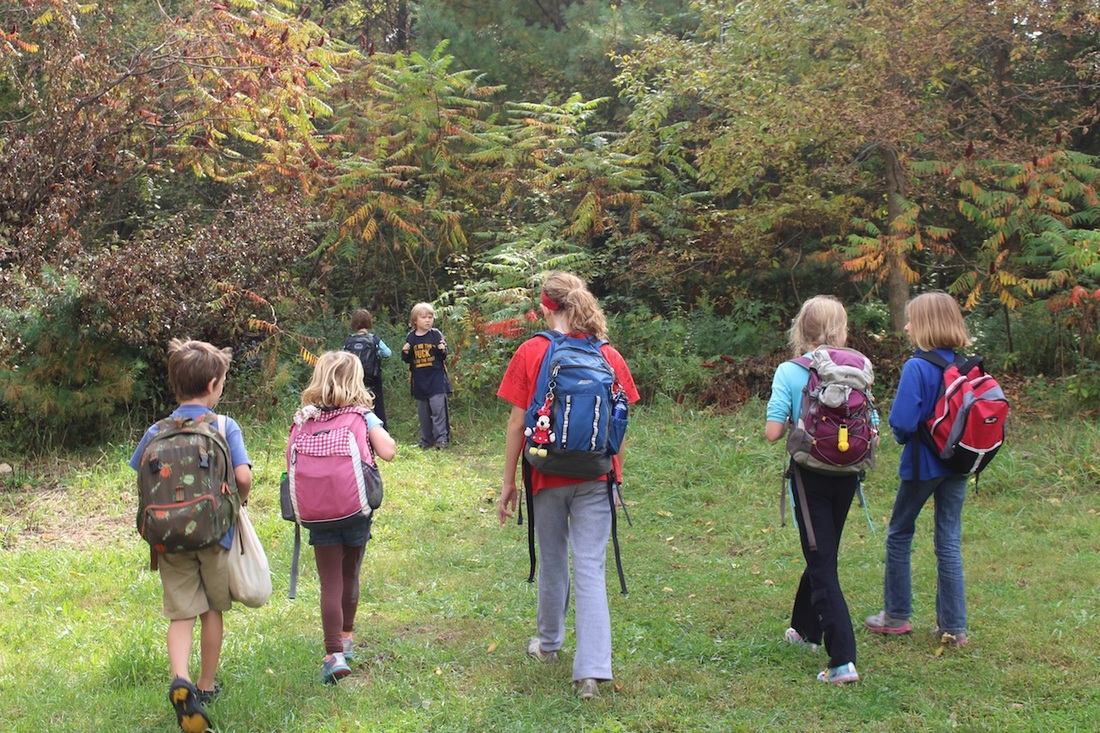
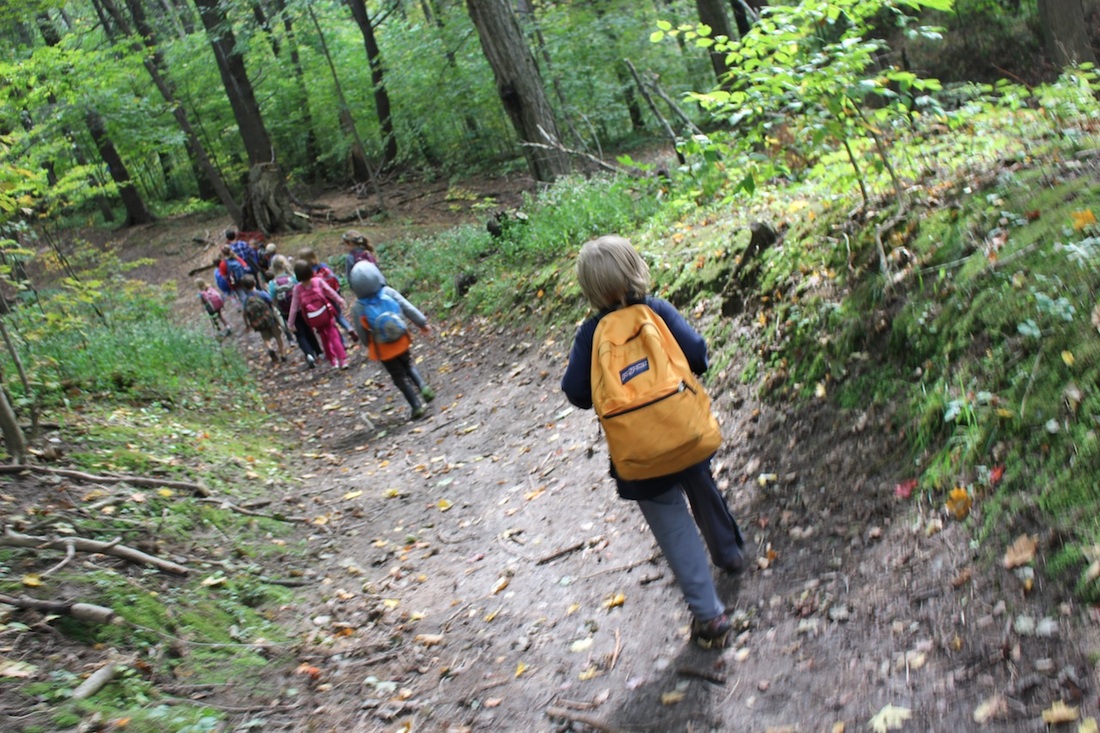
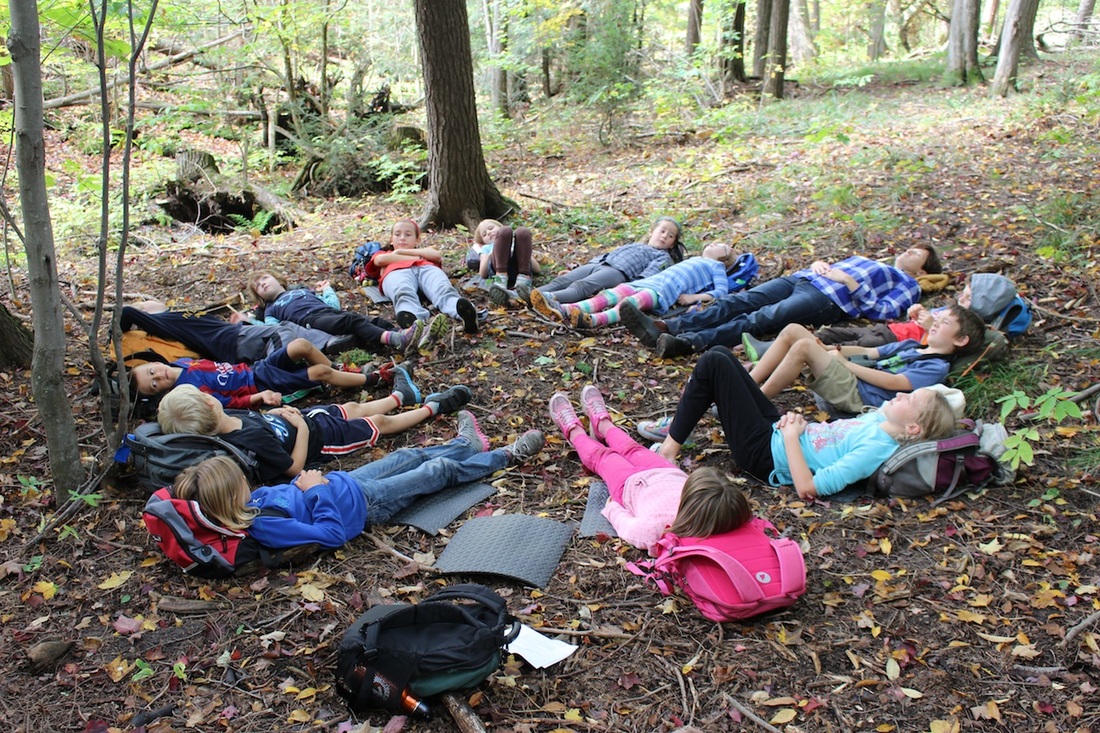
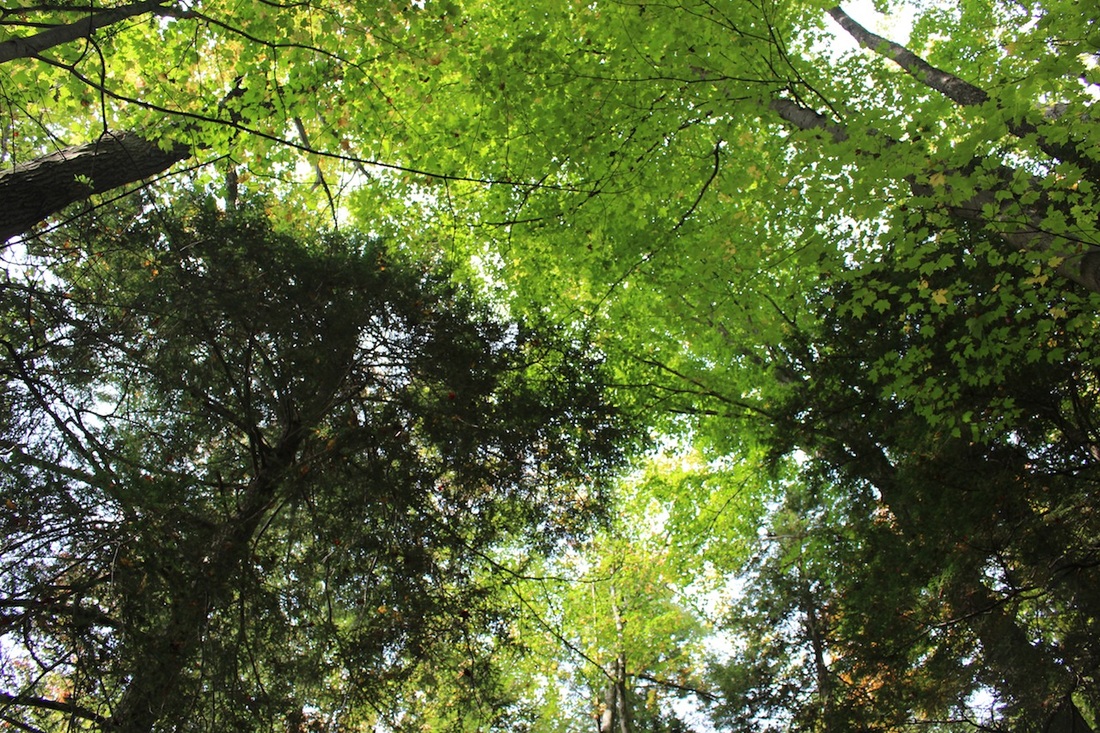
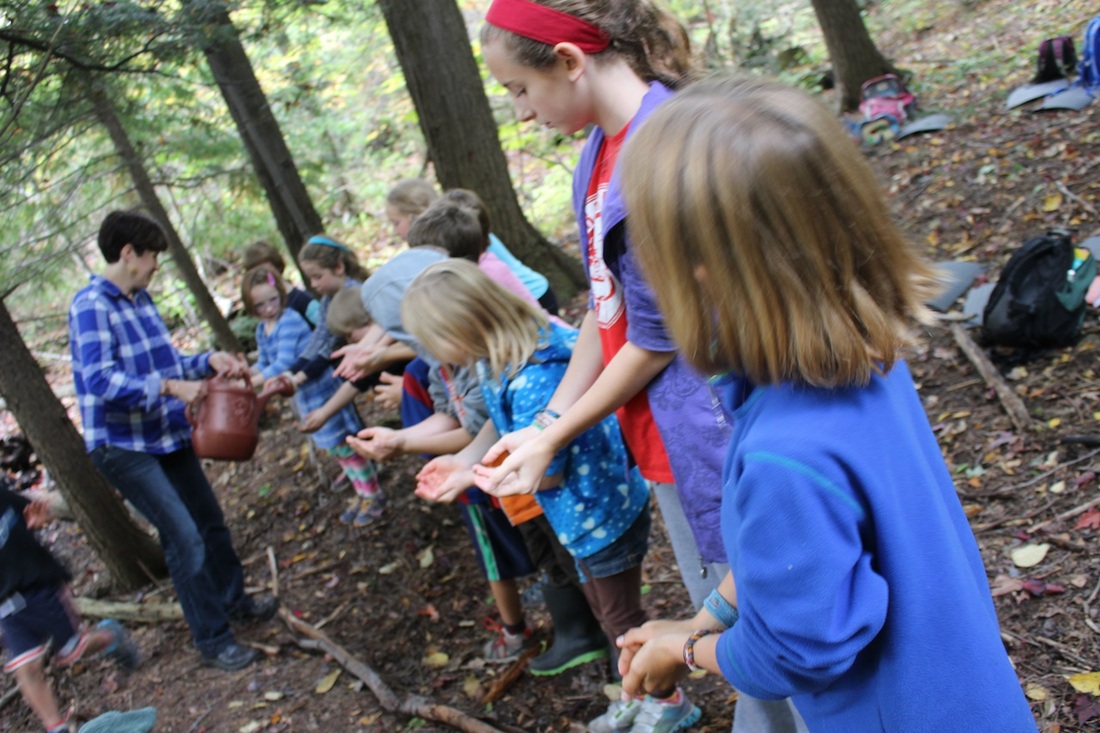
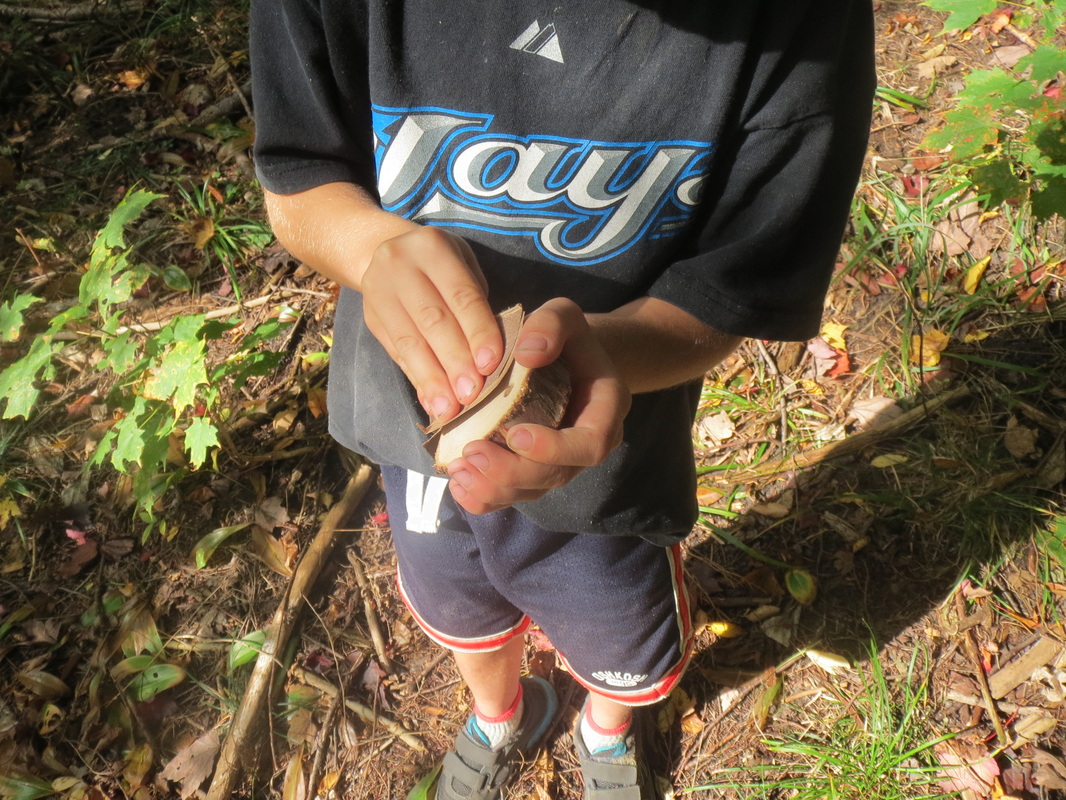
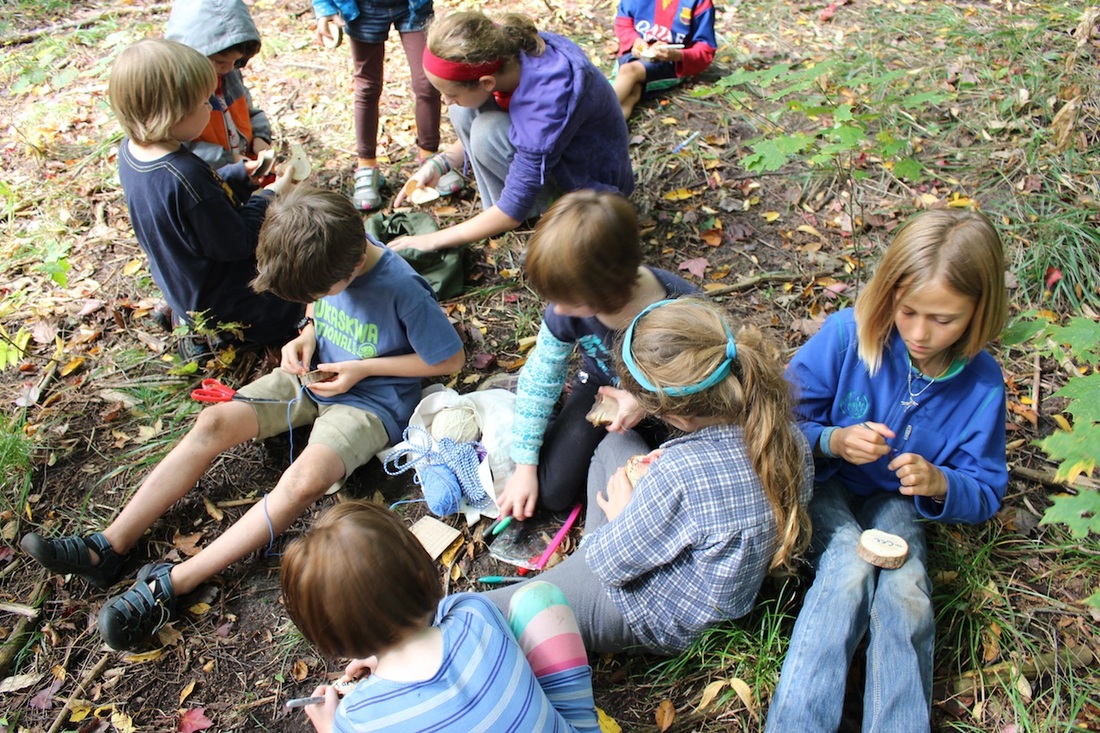
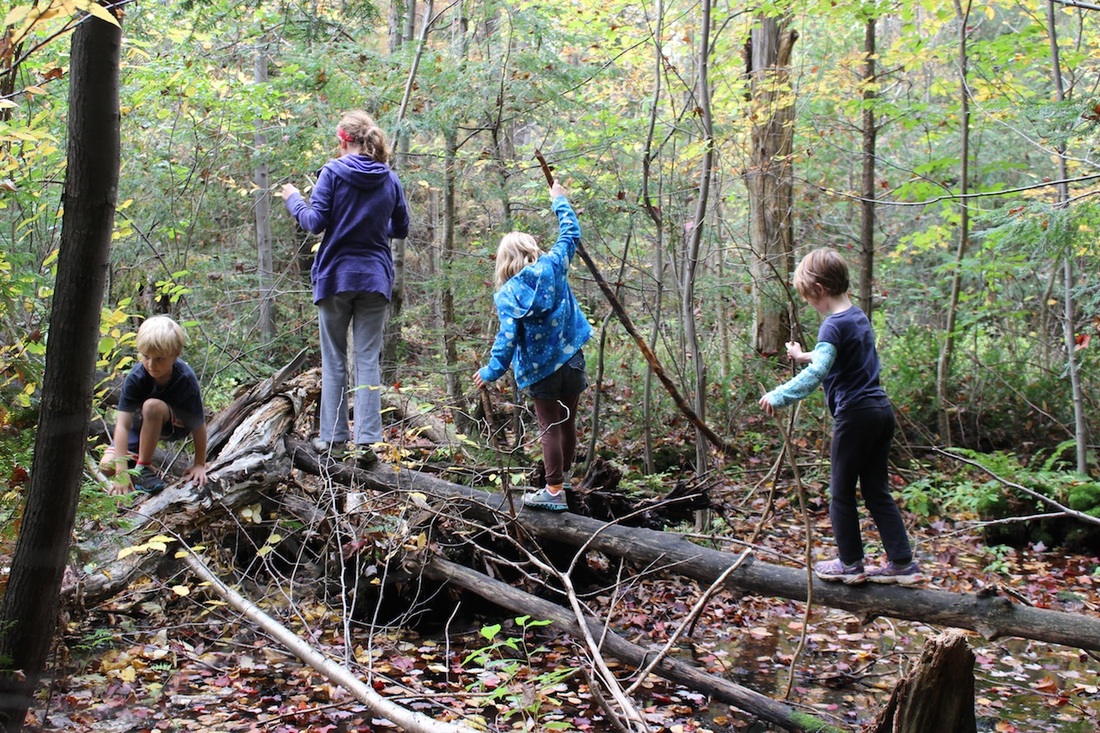
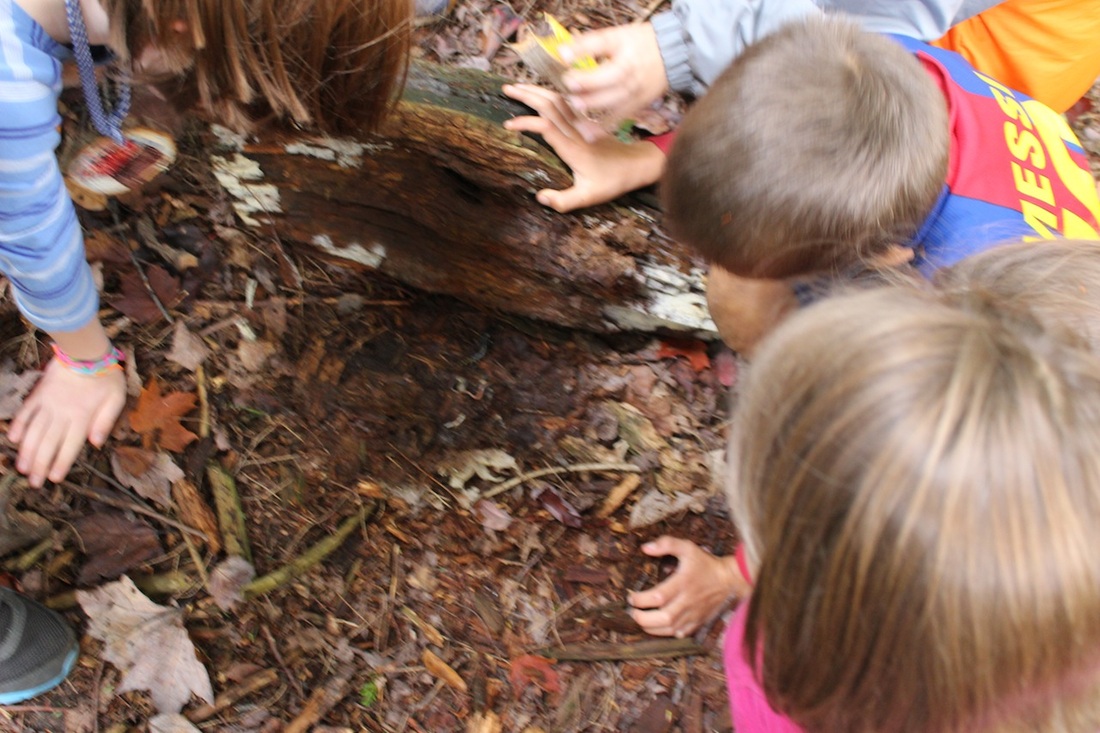
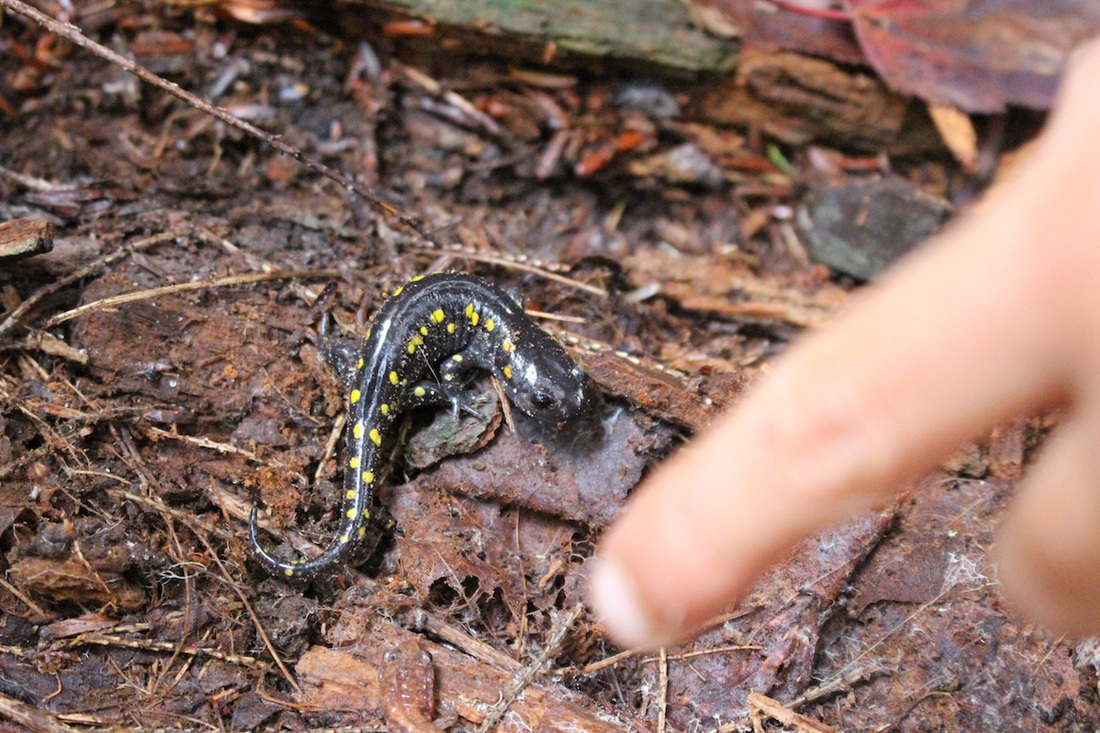
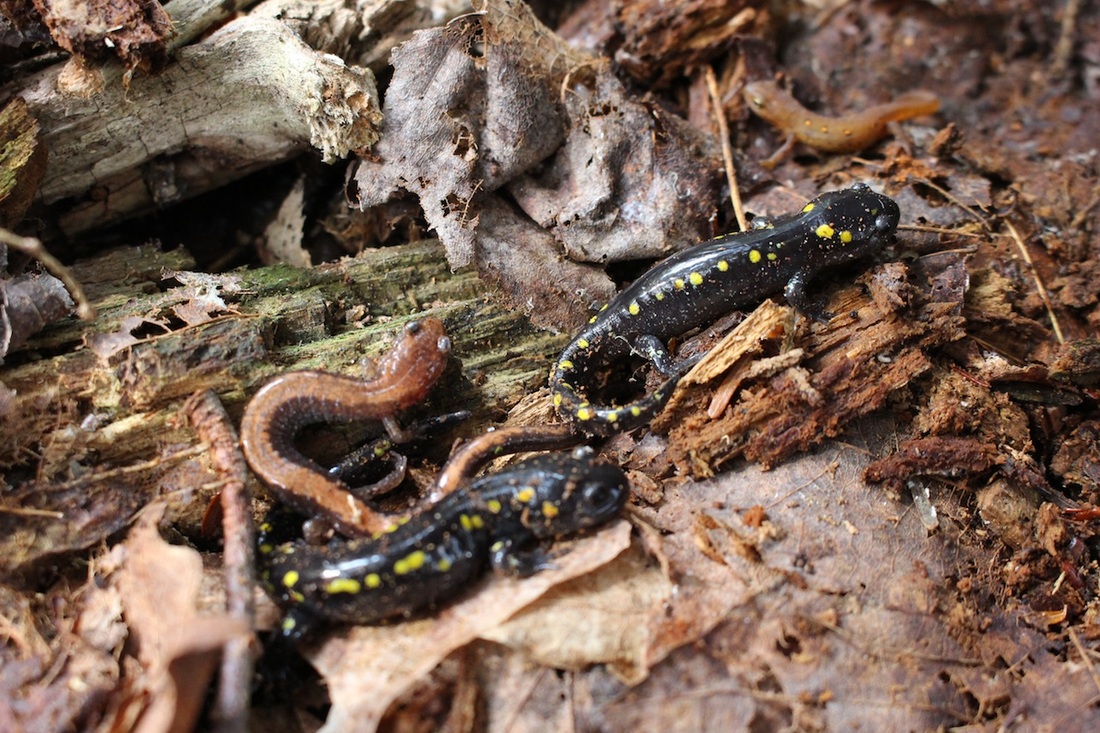
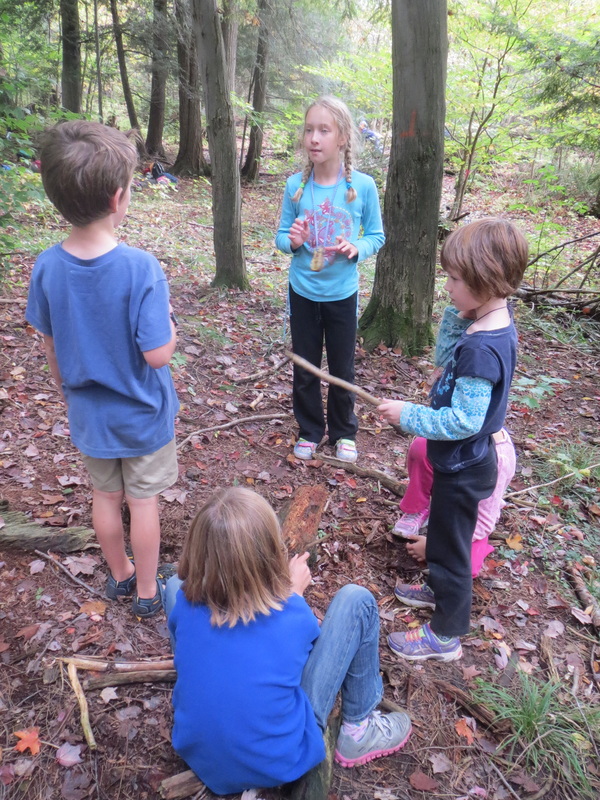
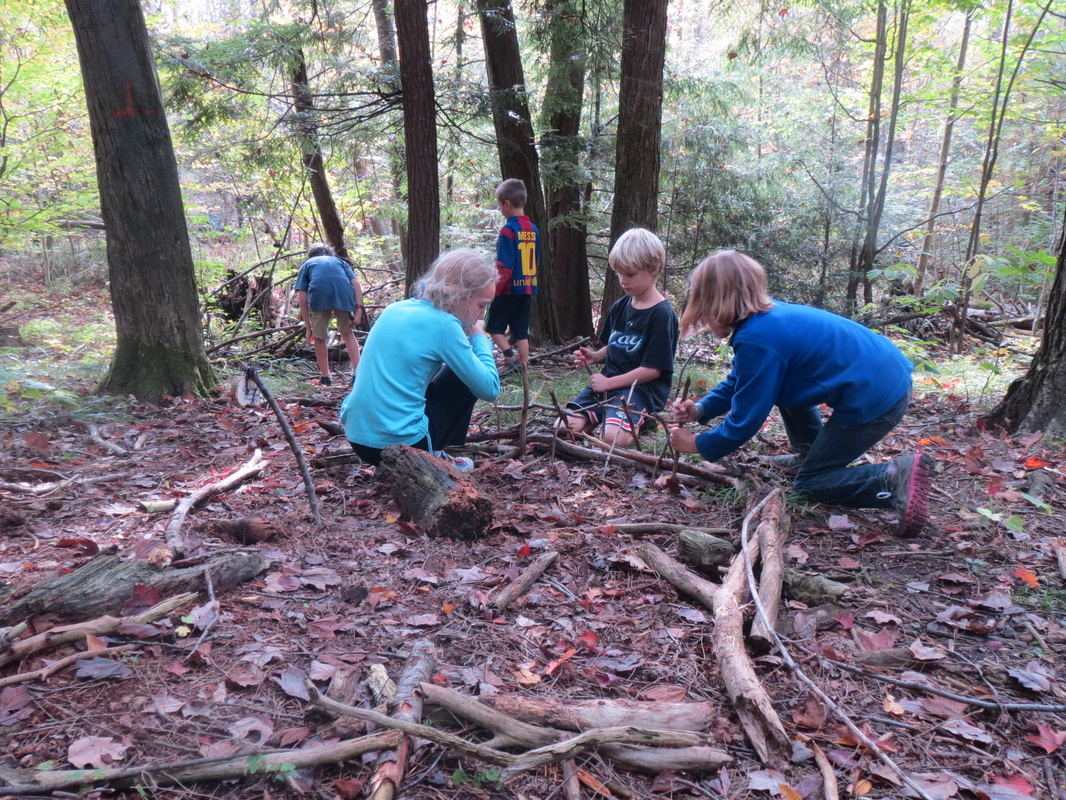
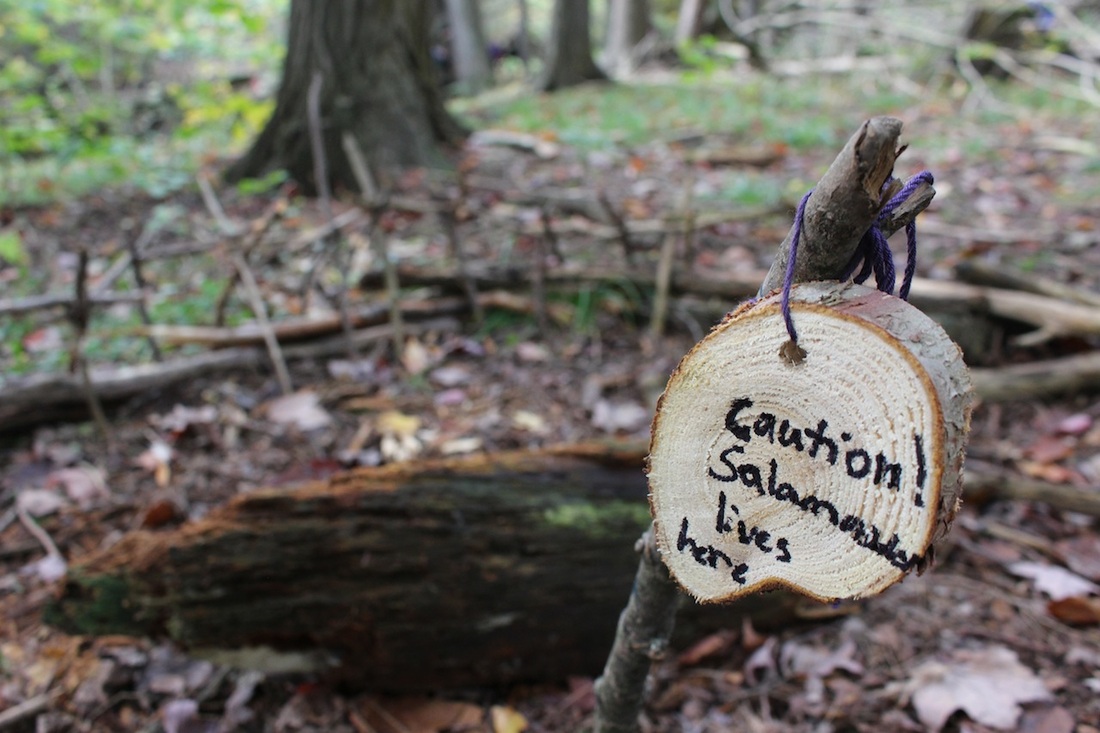
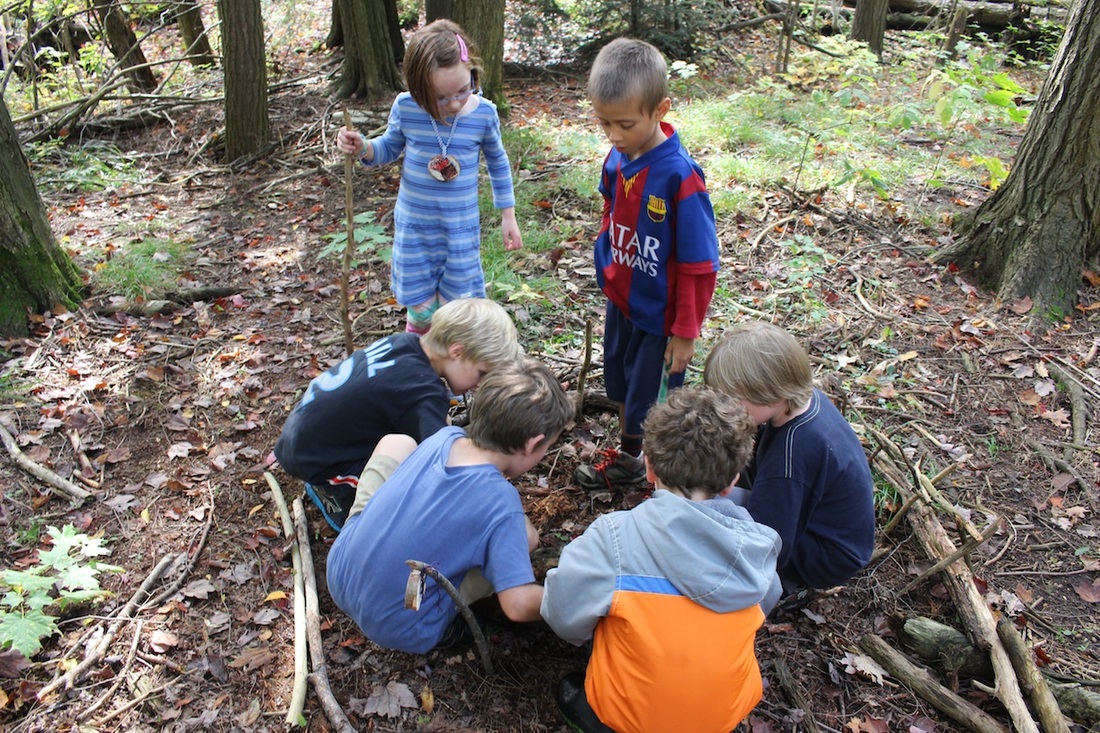
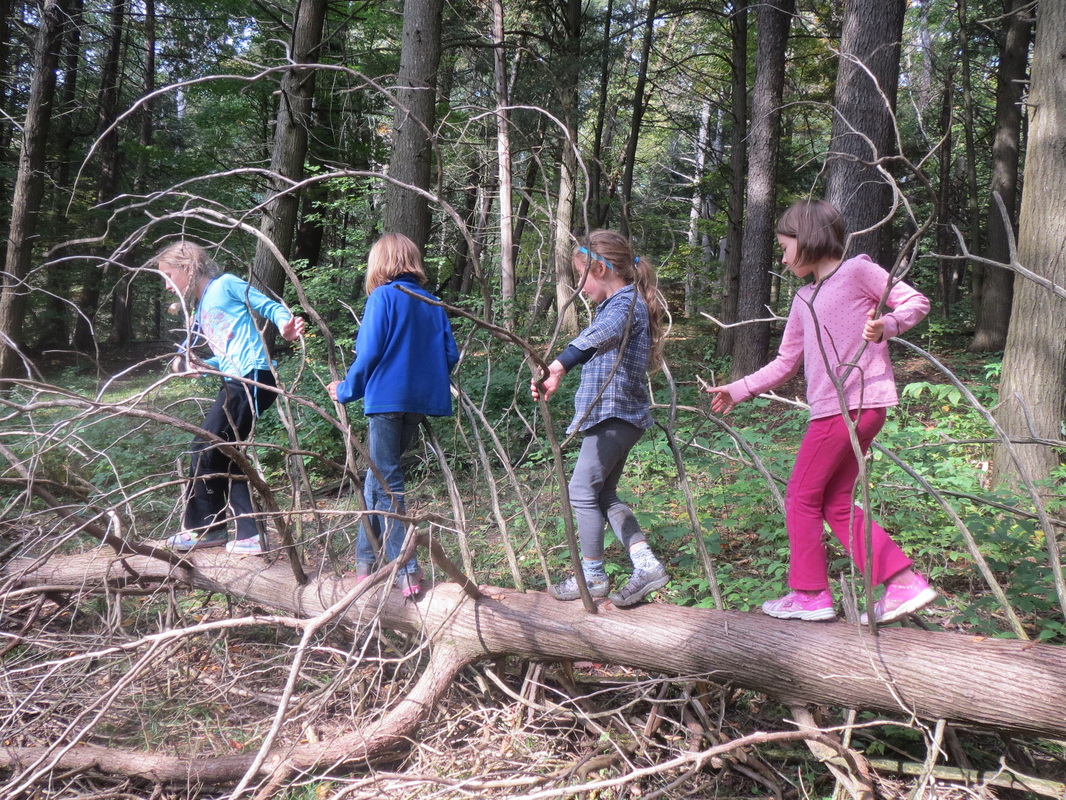
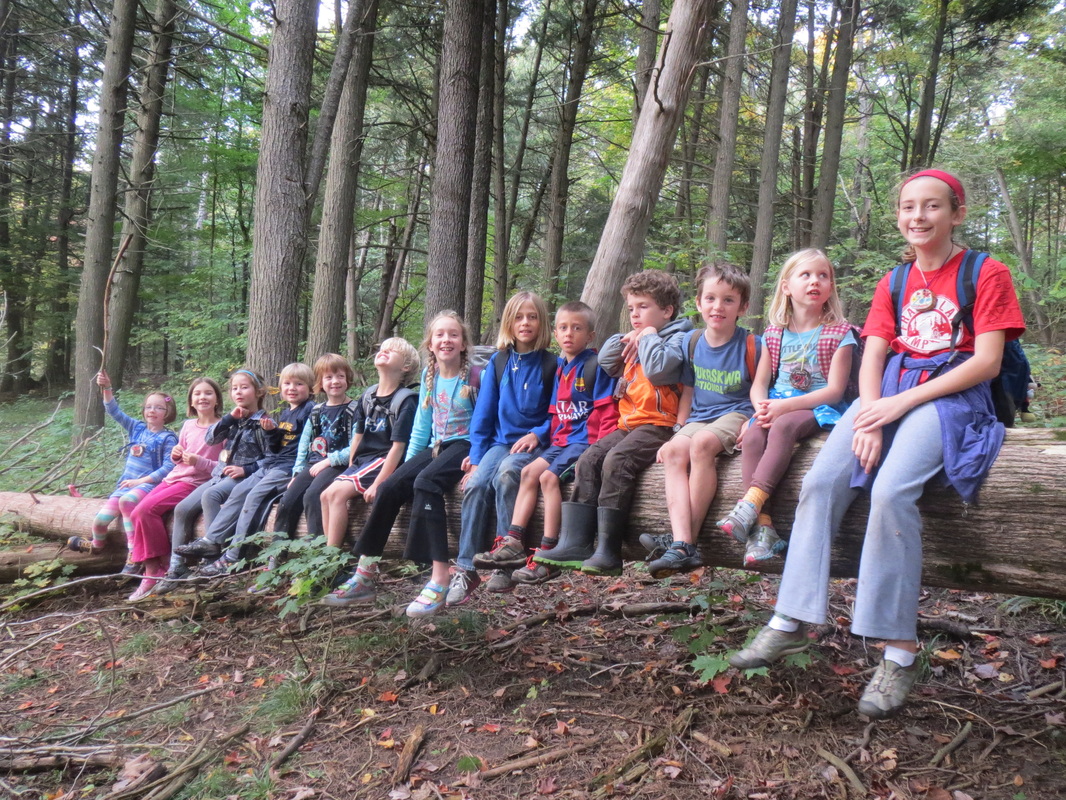
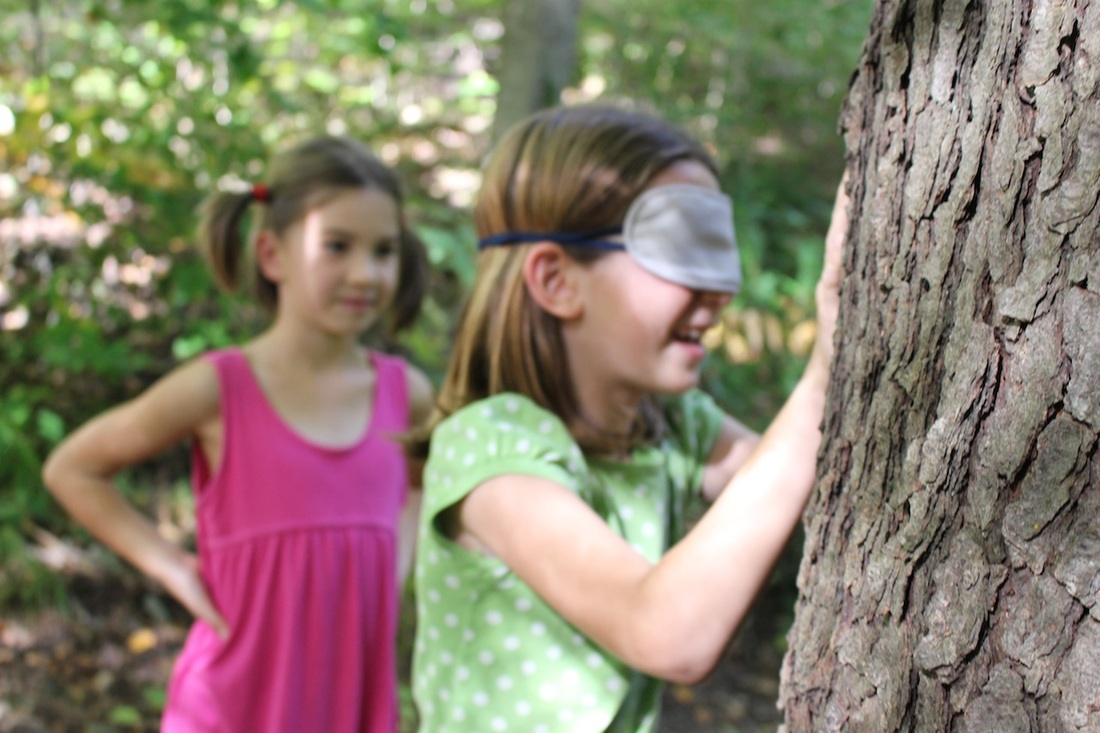
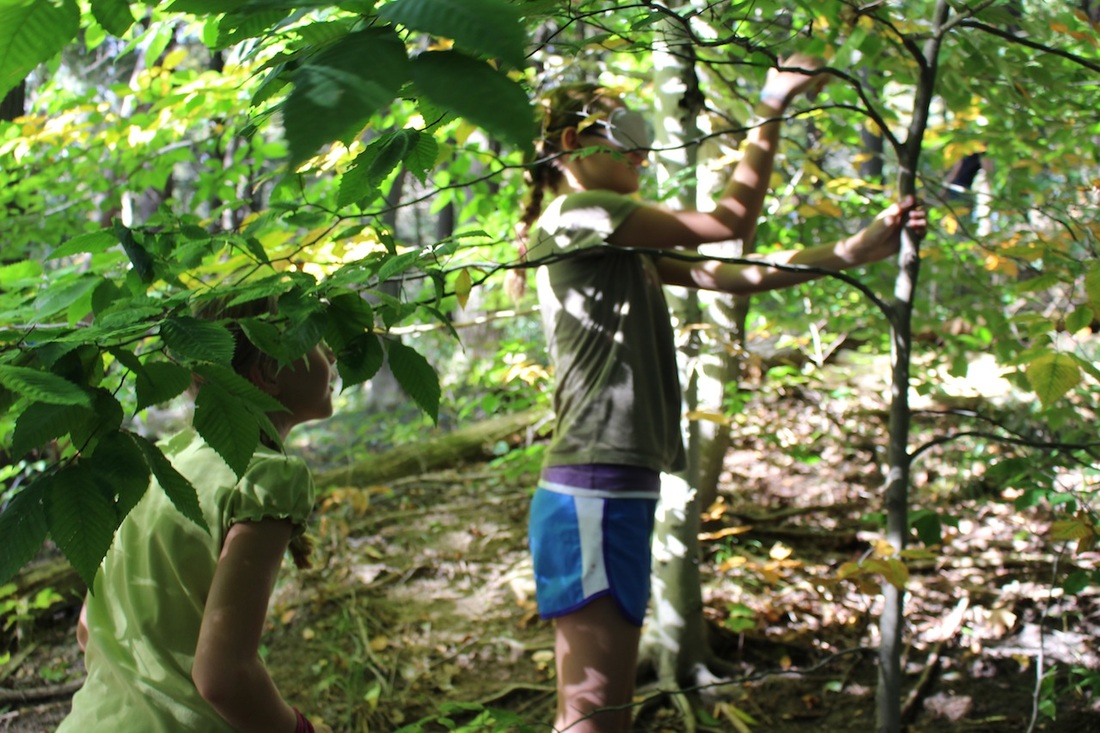
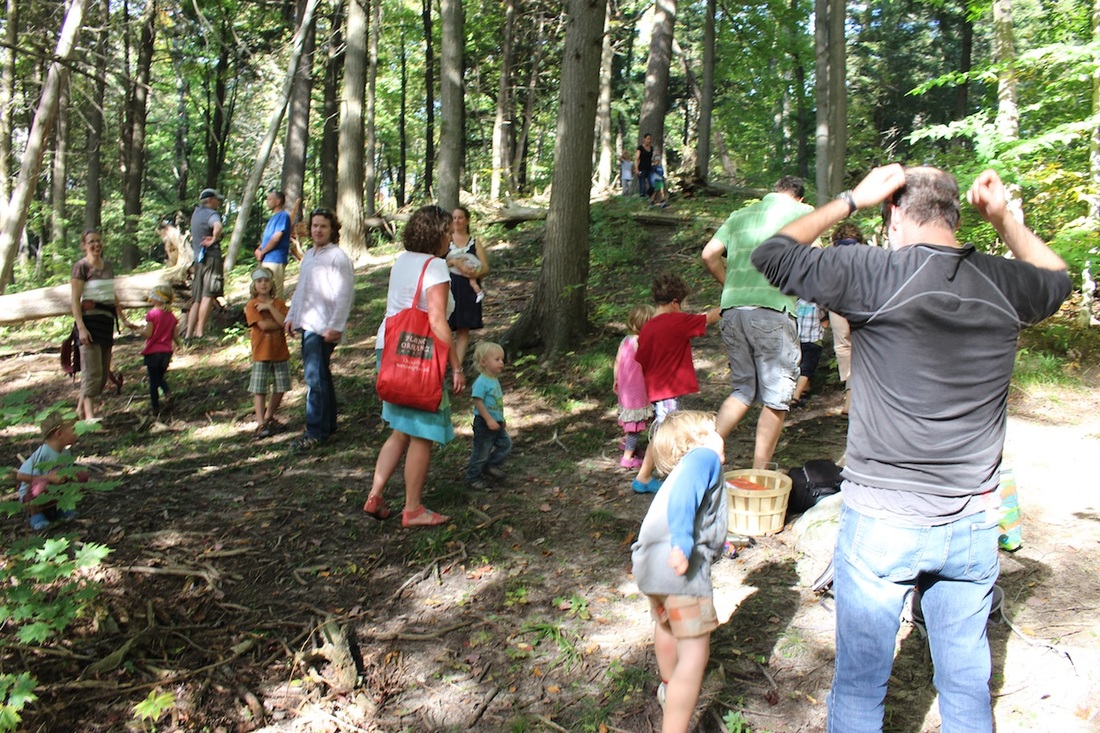
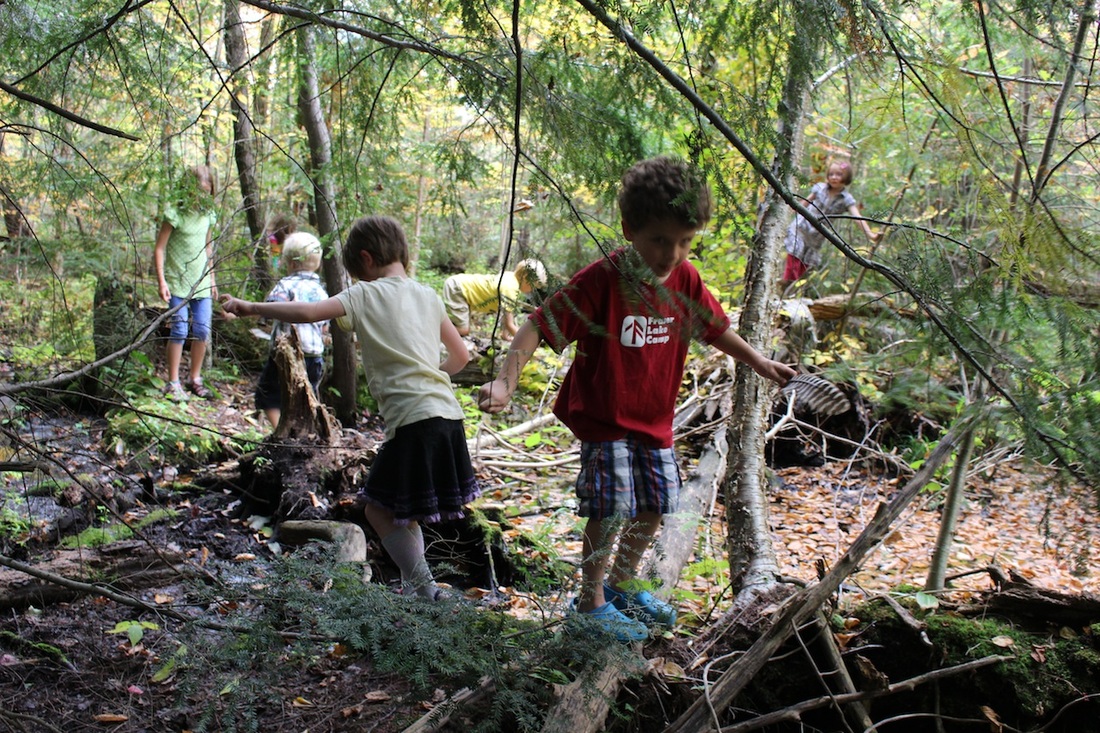
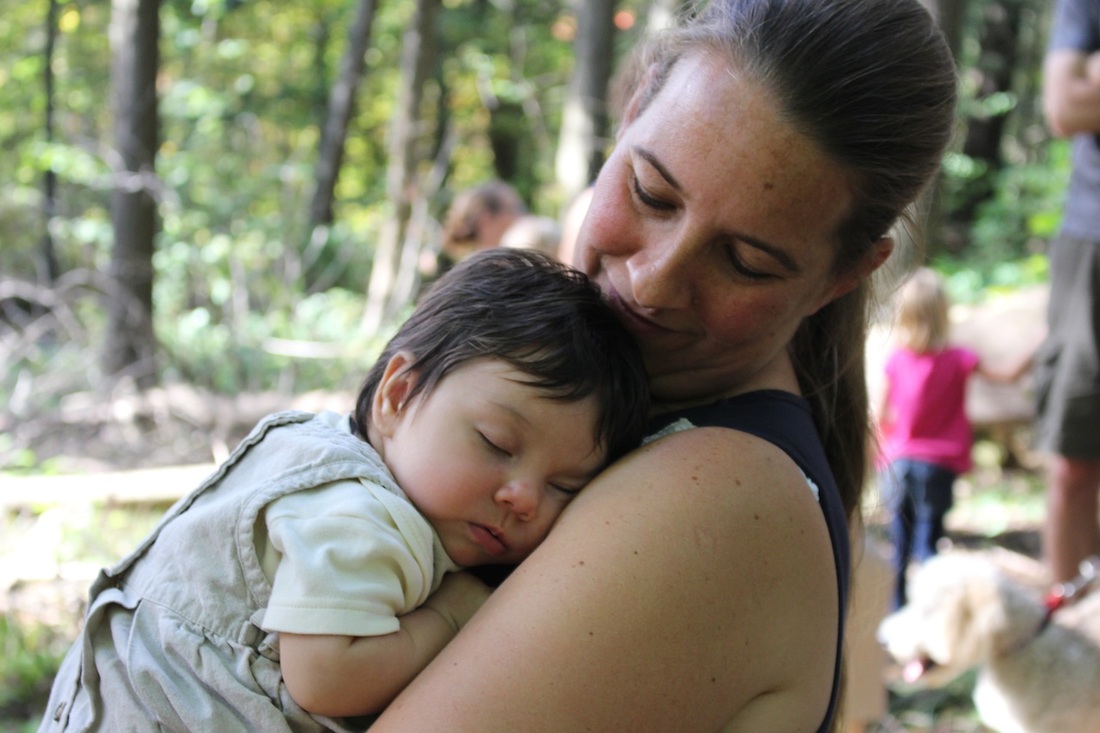
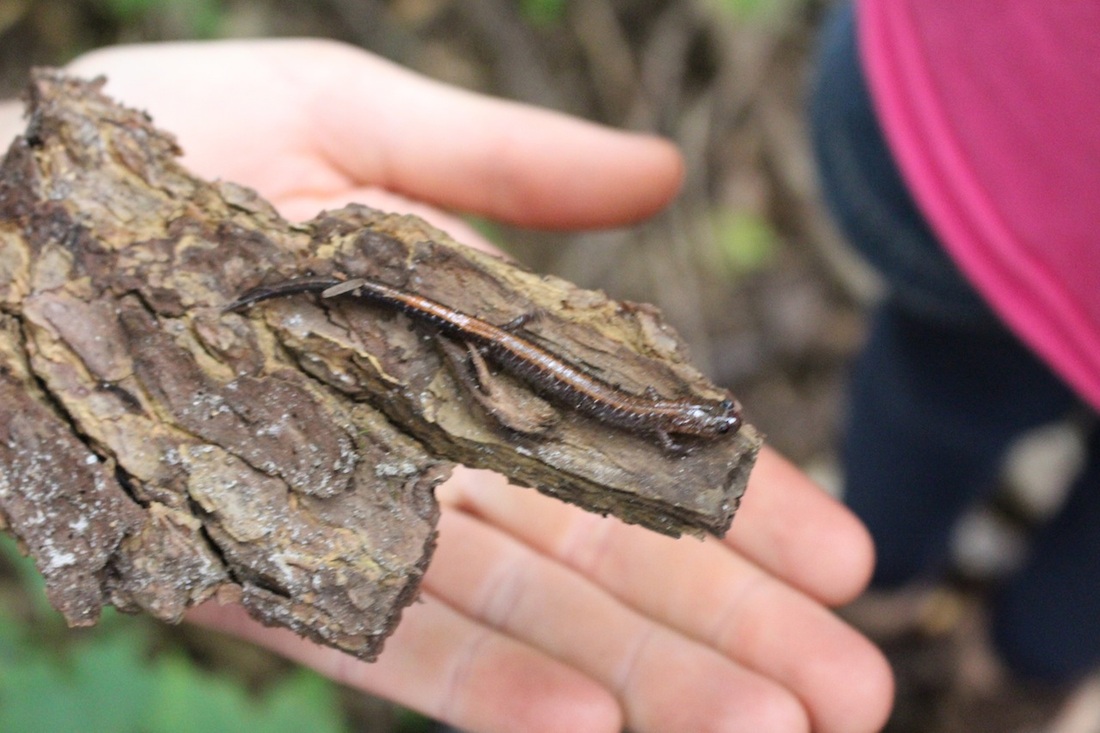
 RSS Feed
RSS Feed